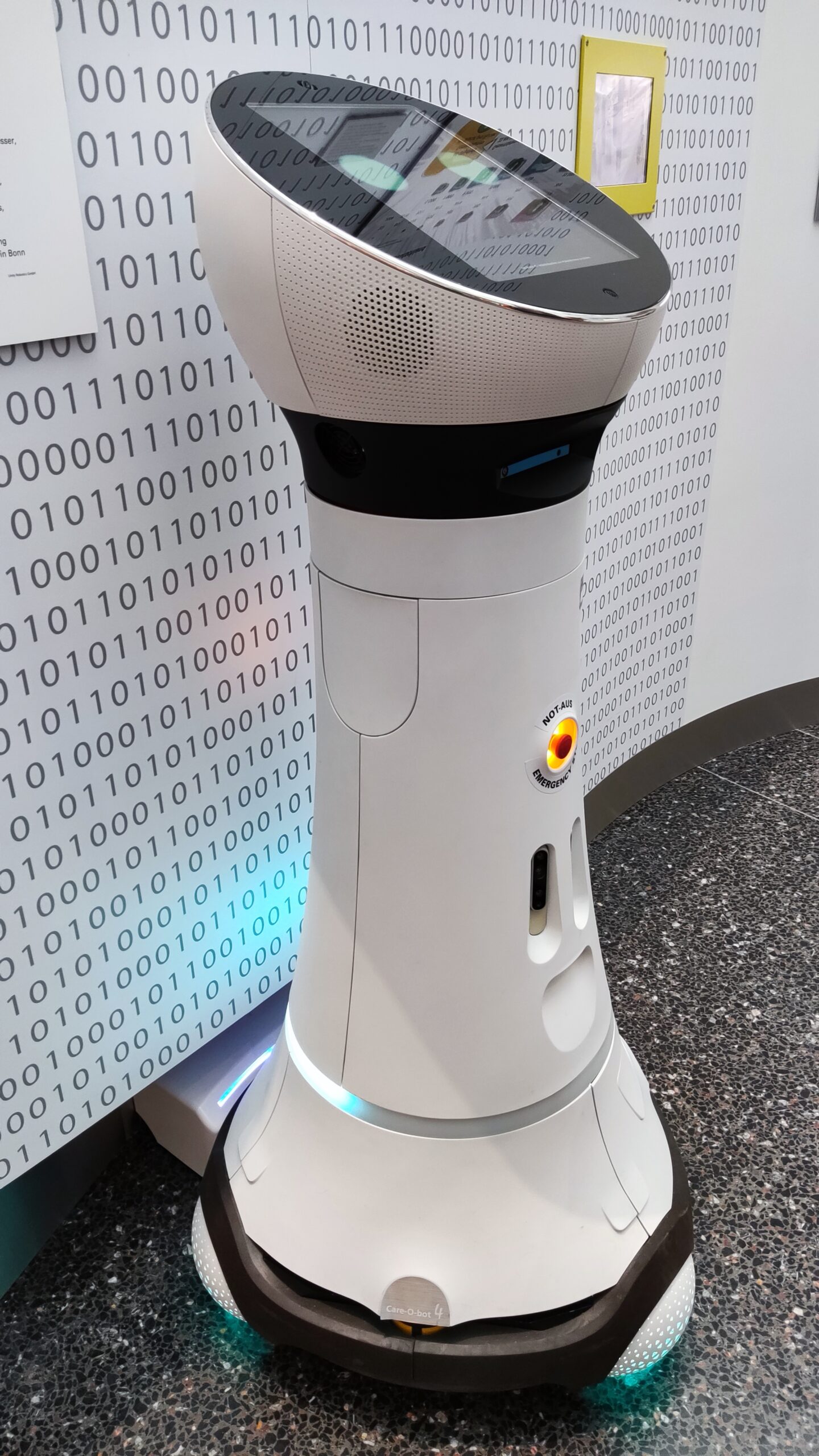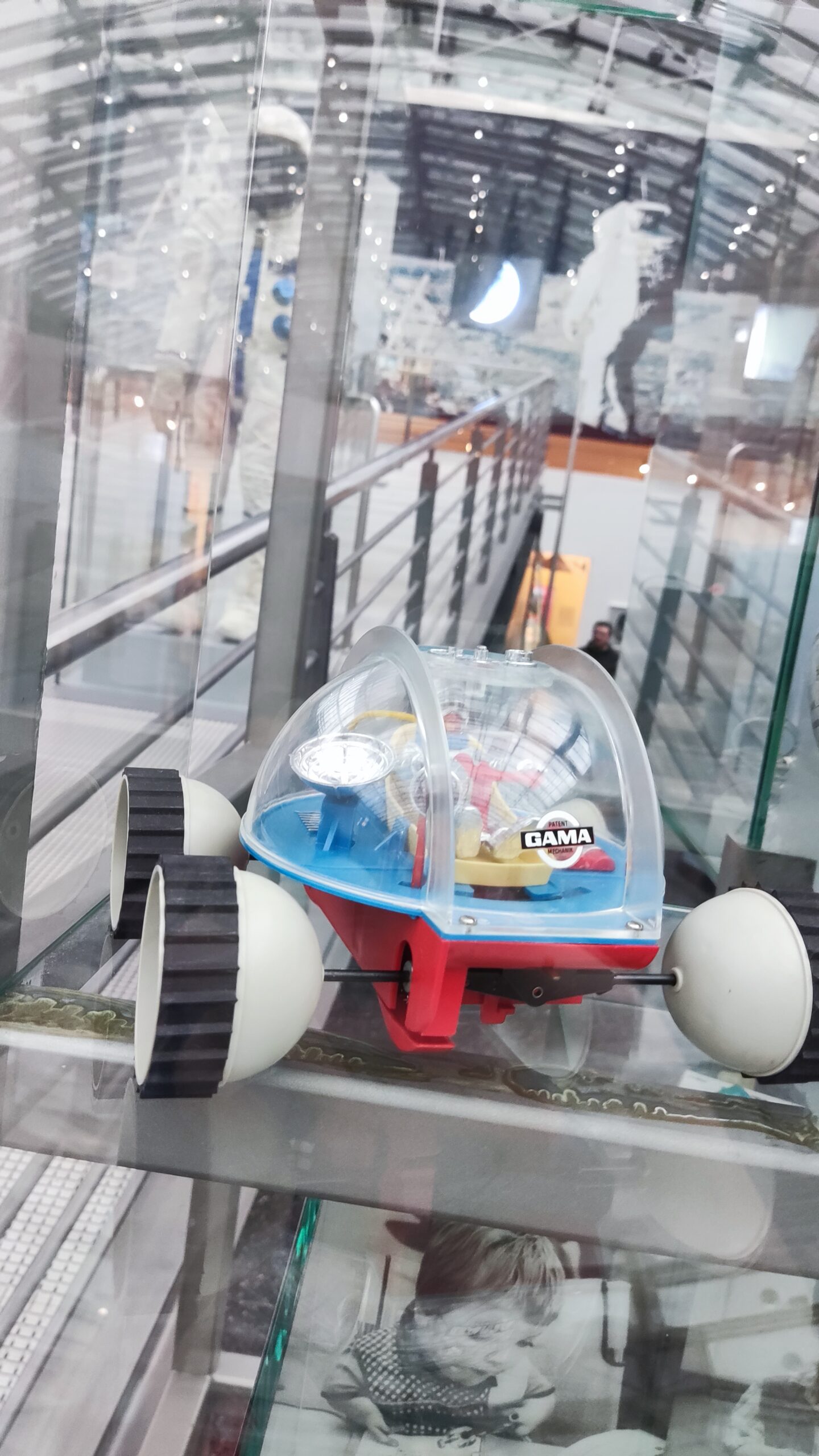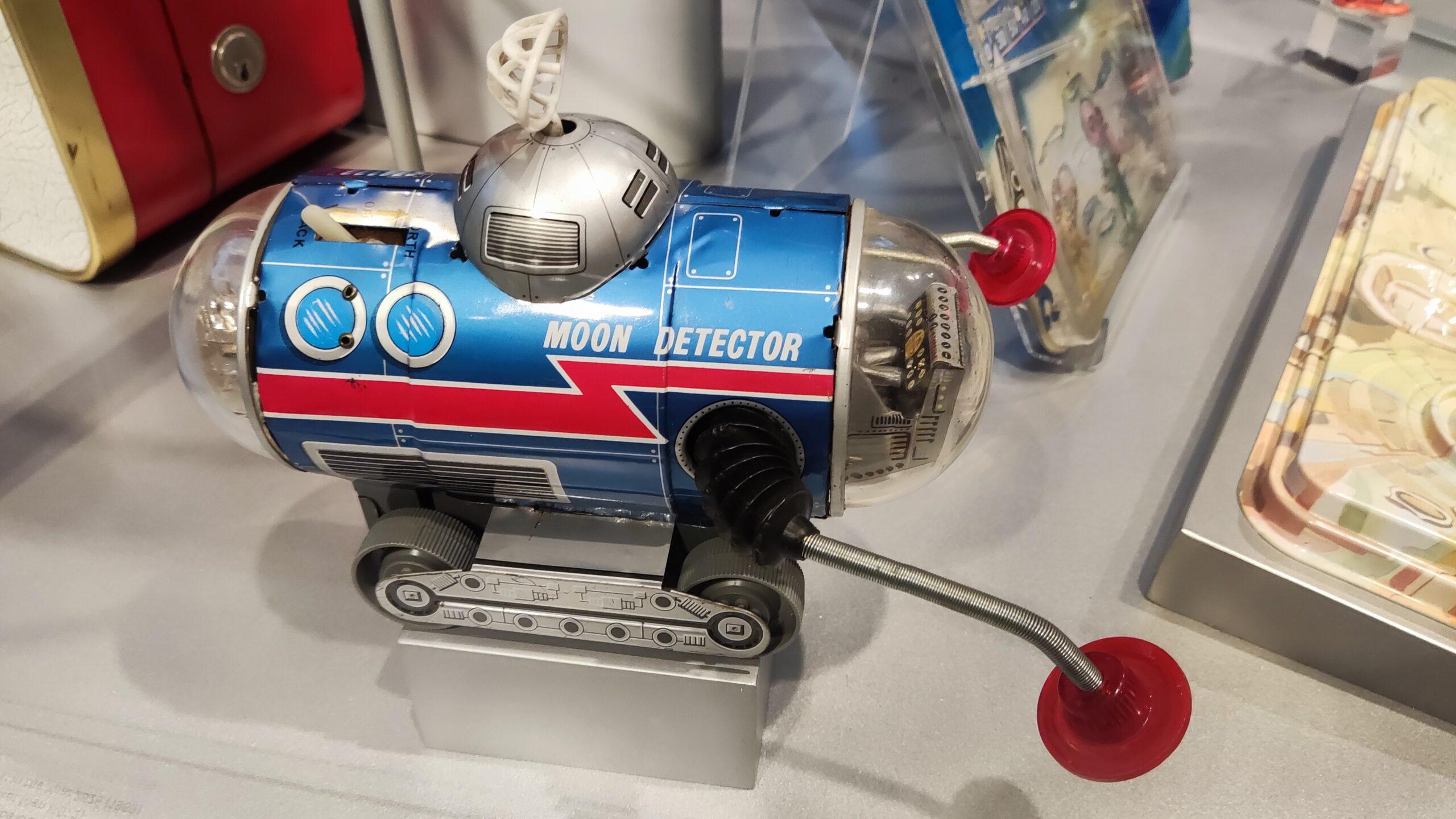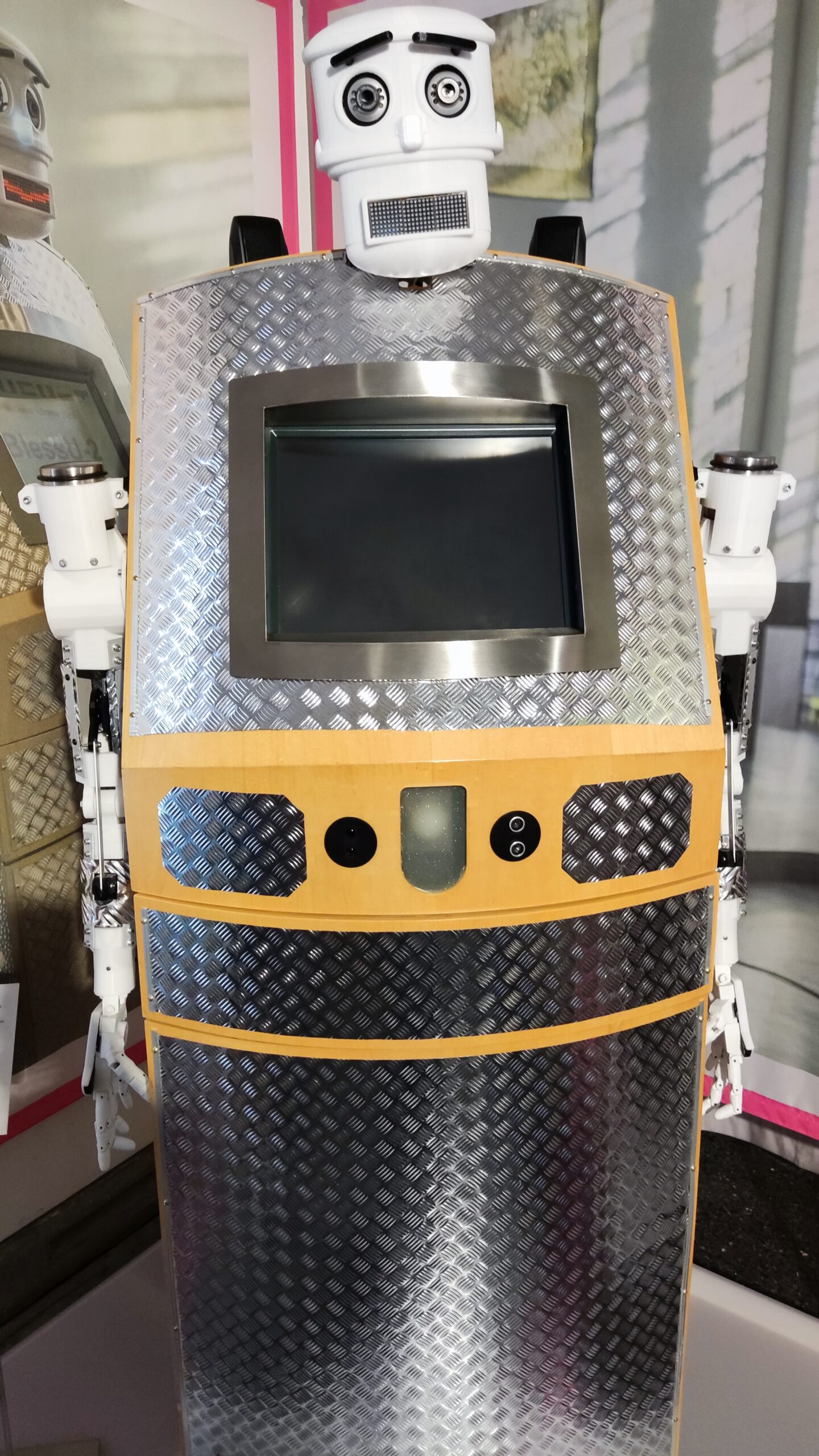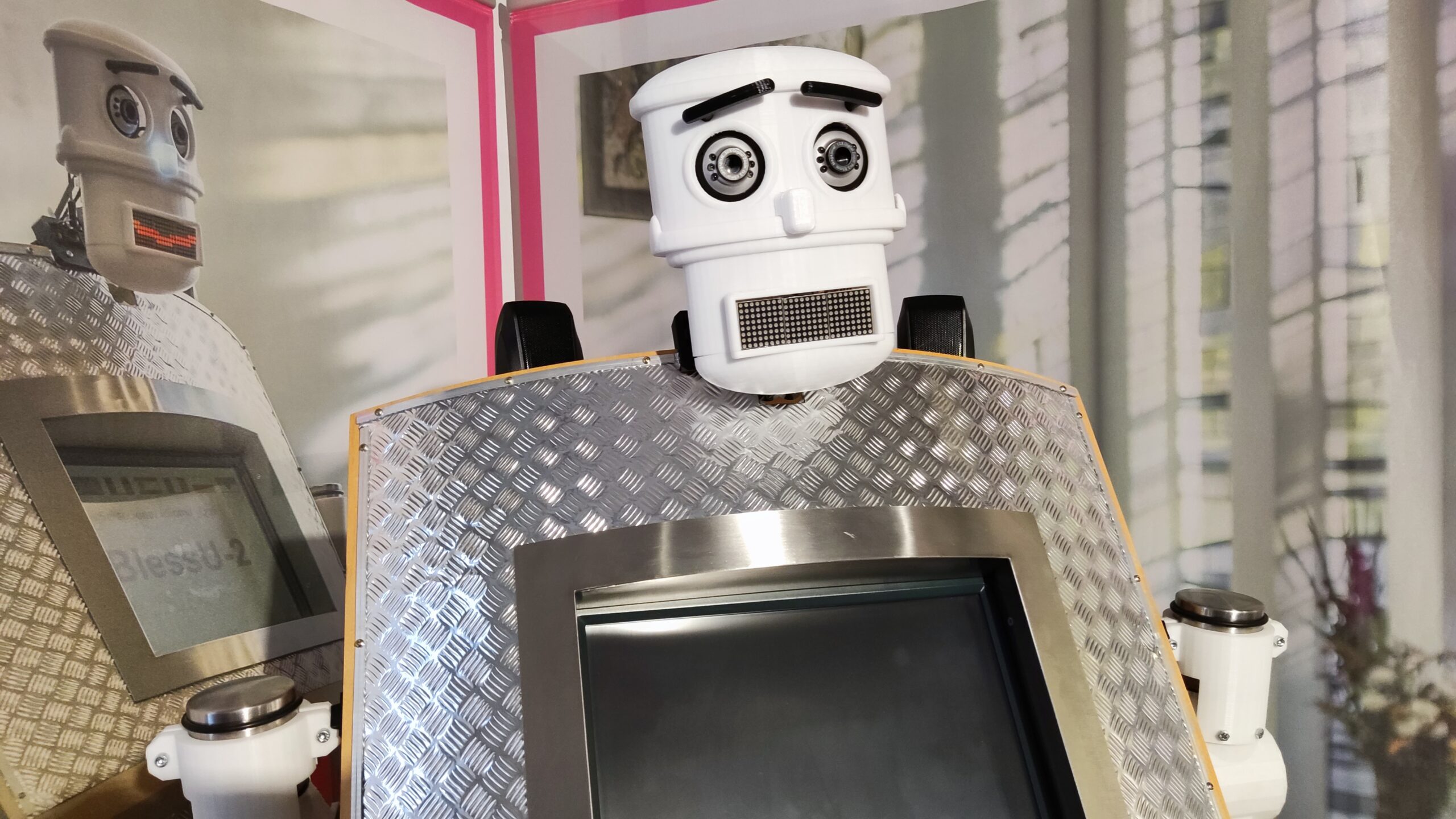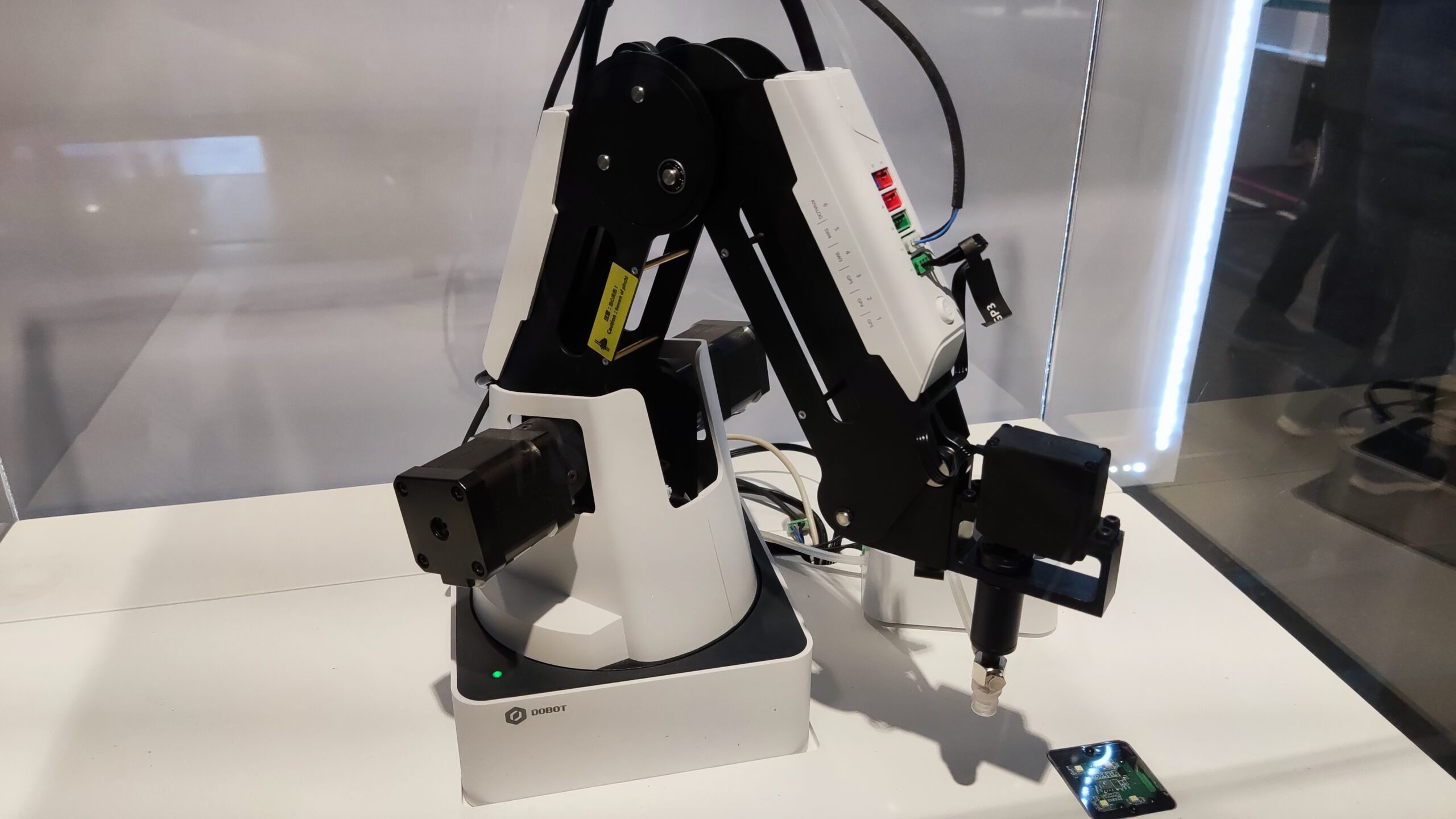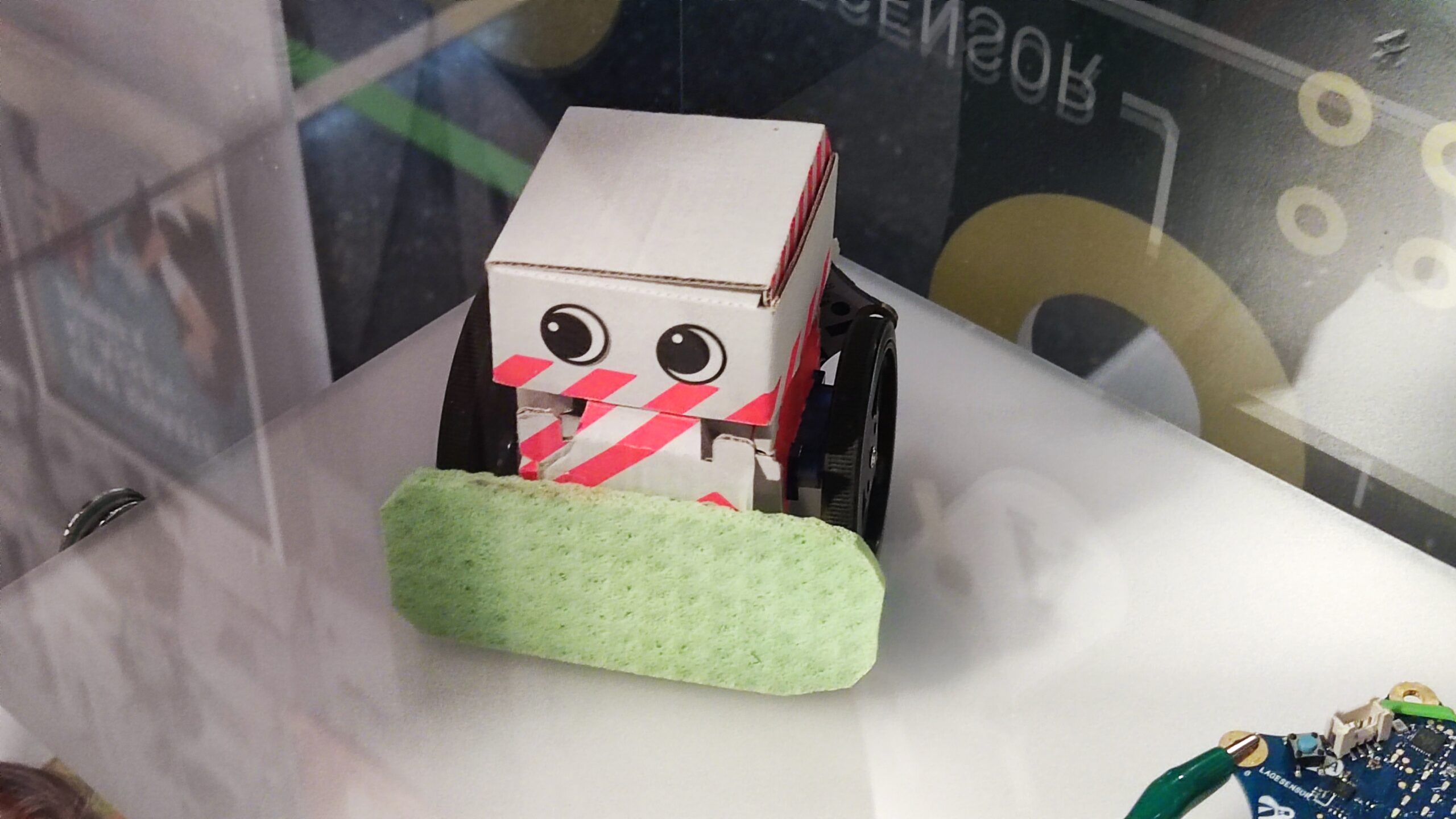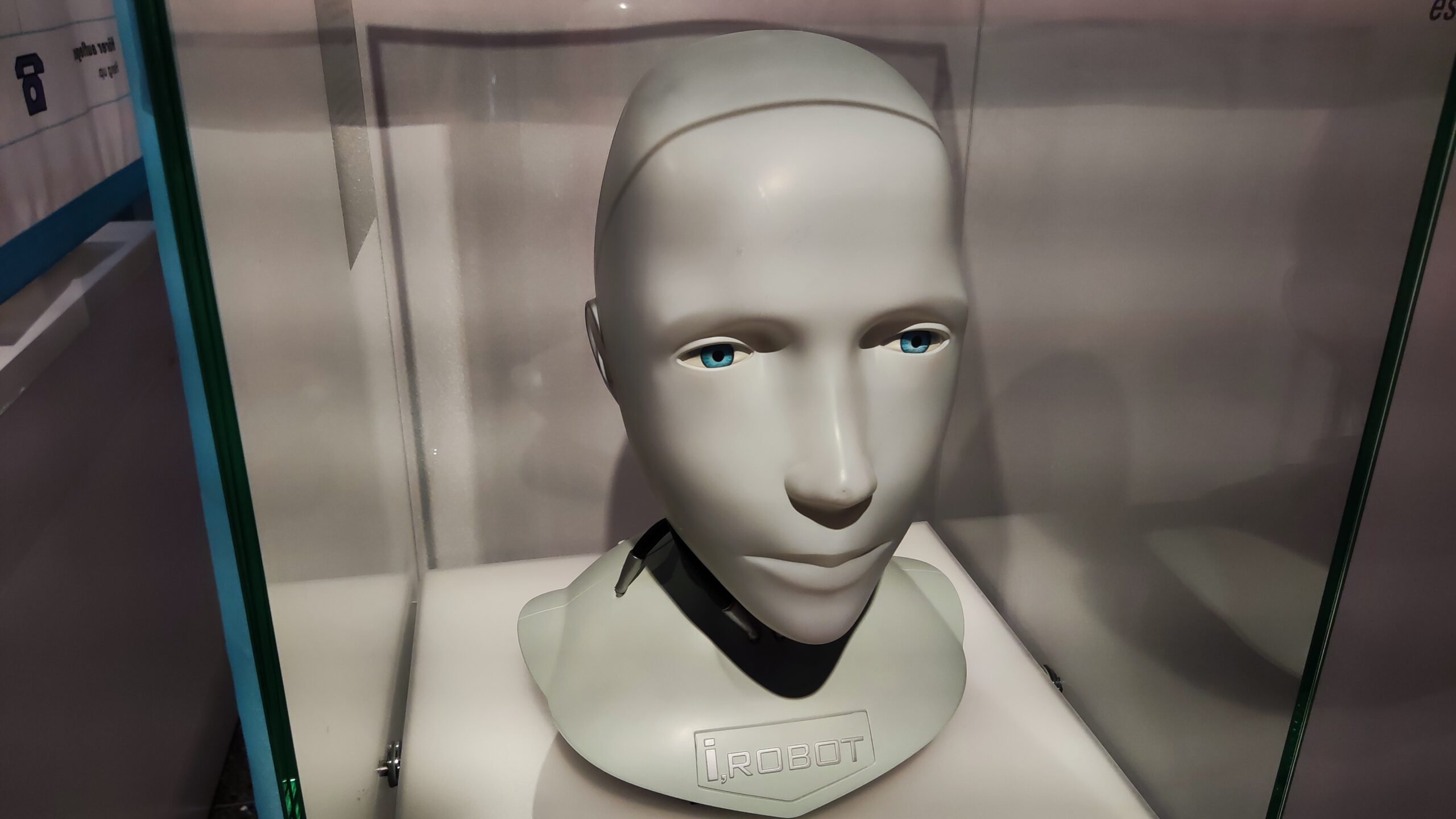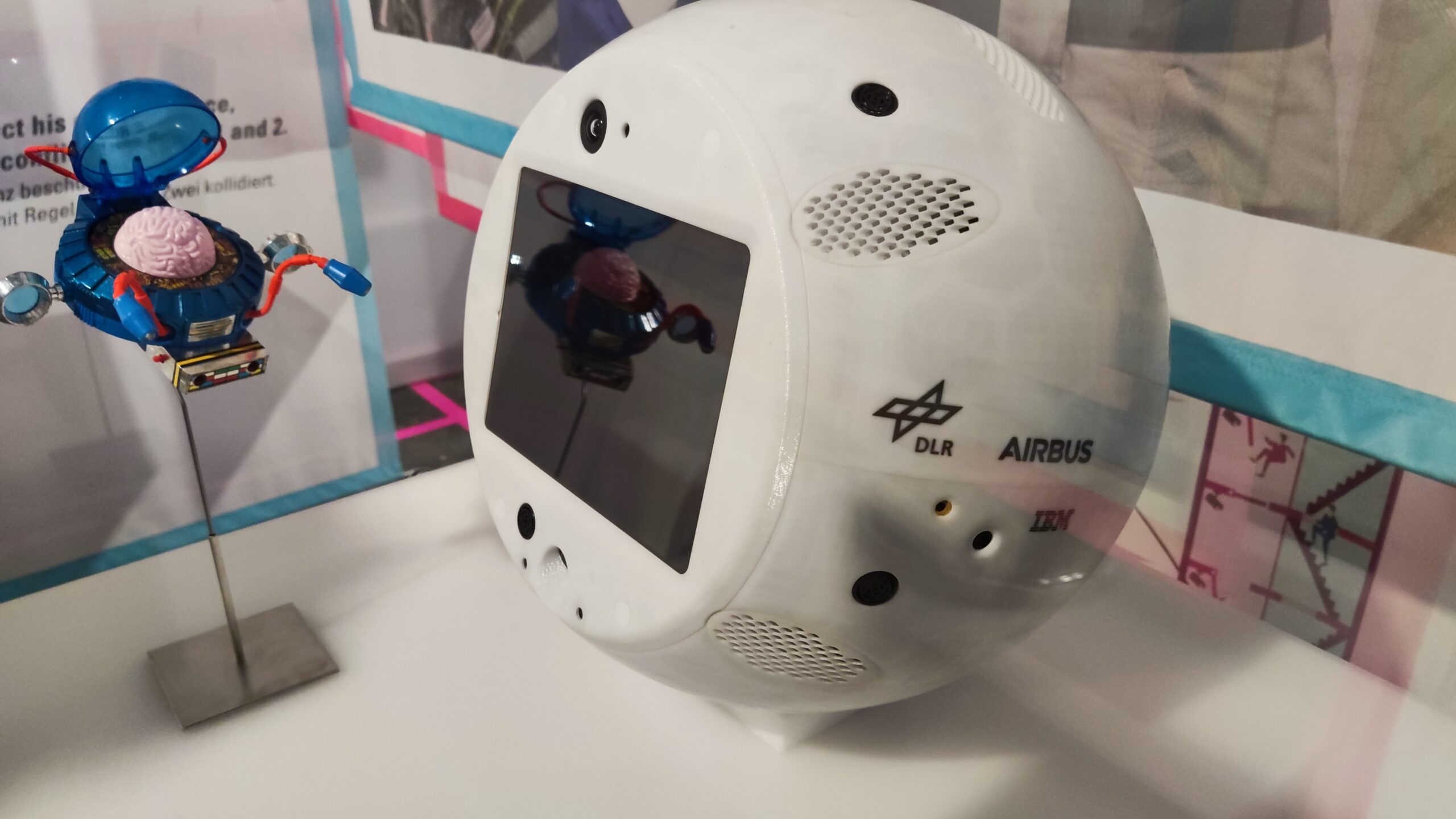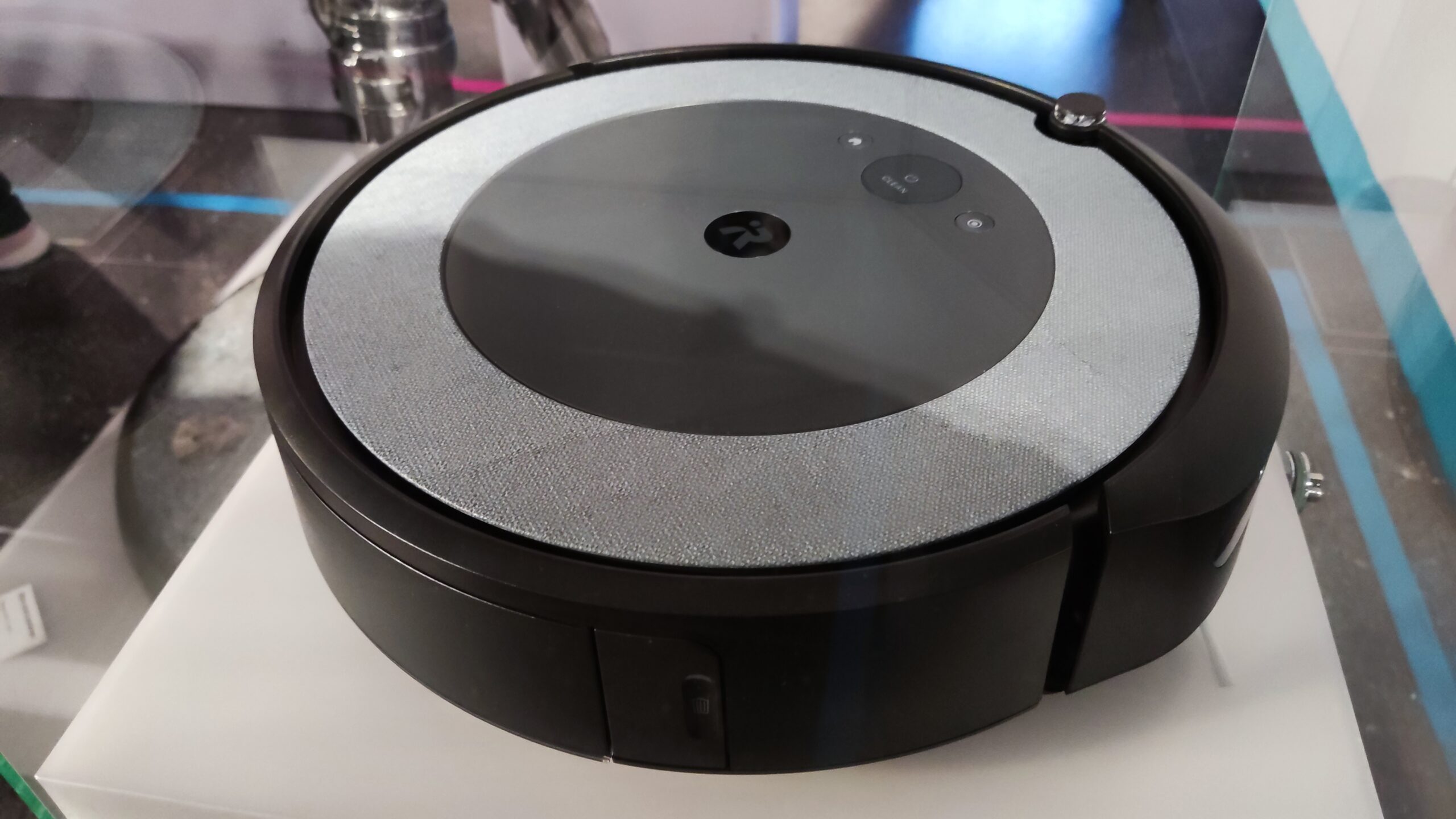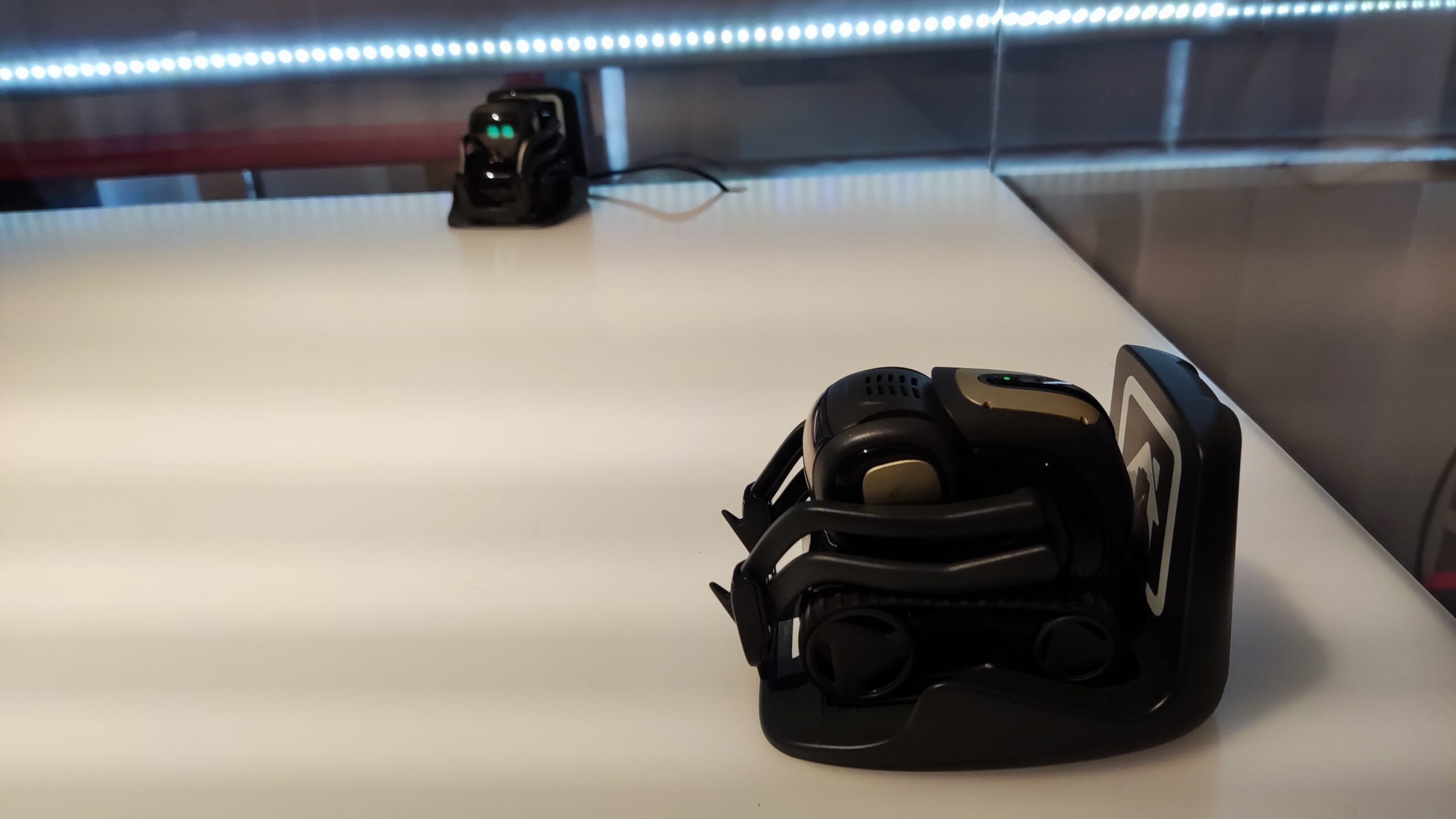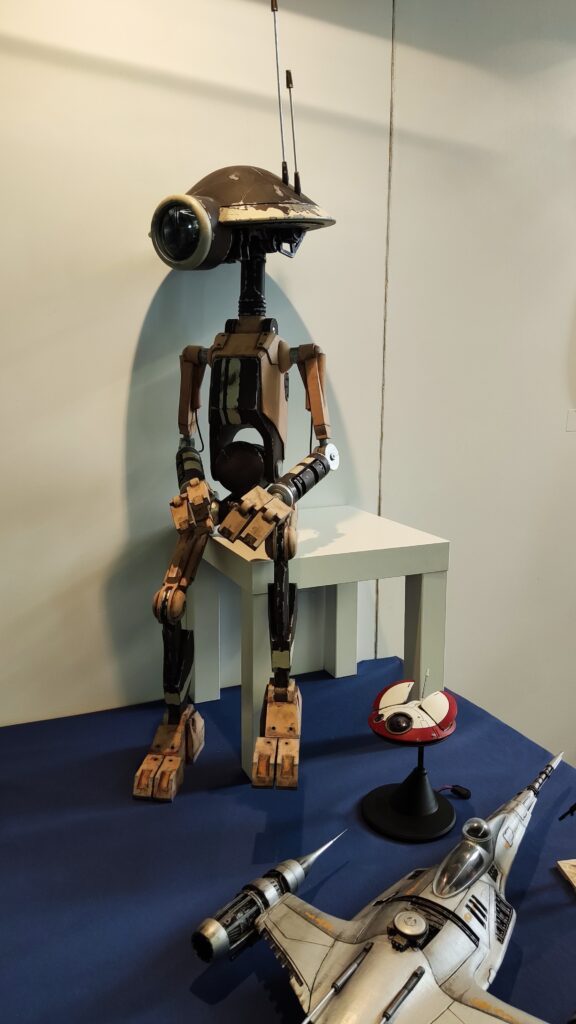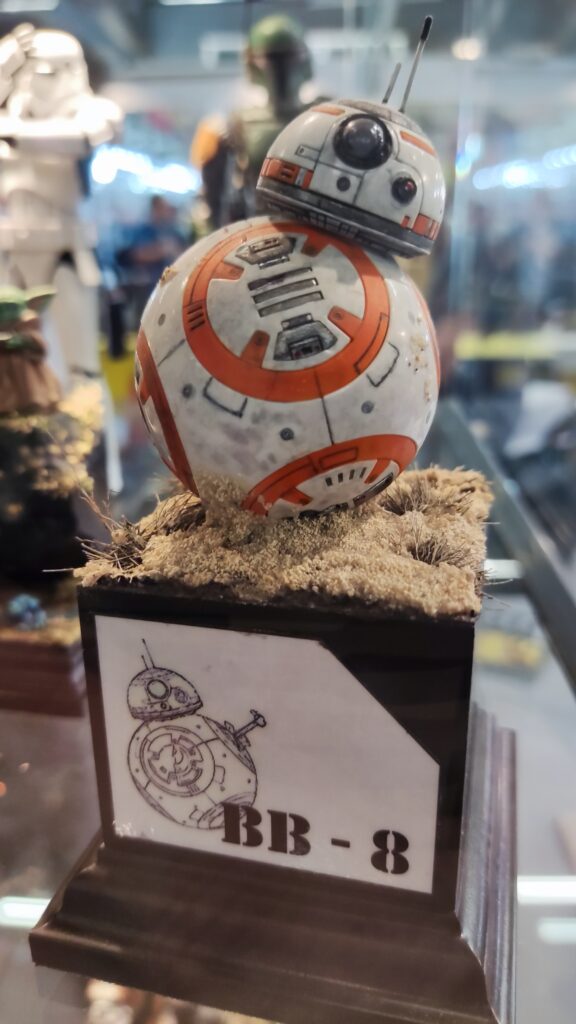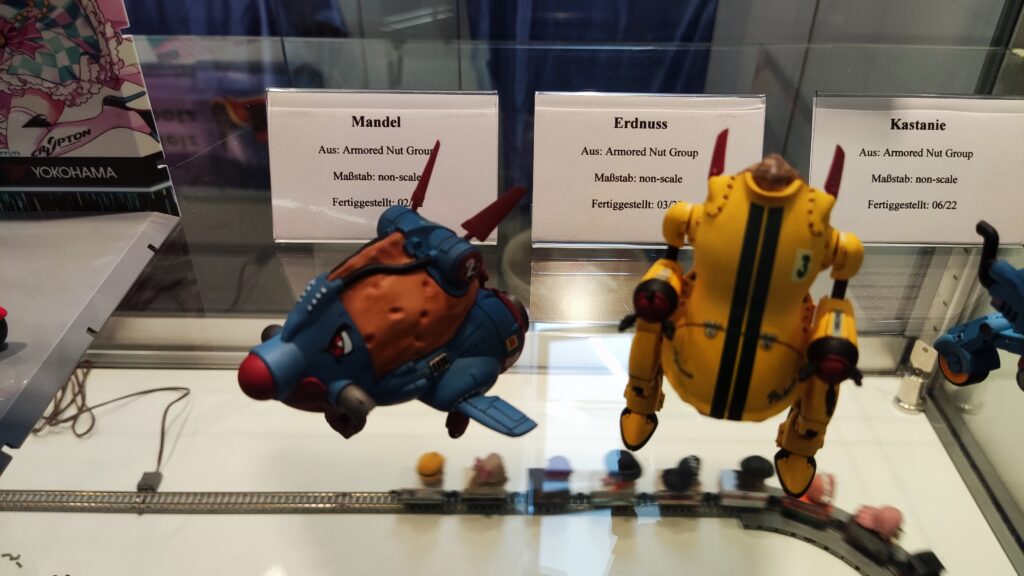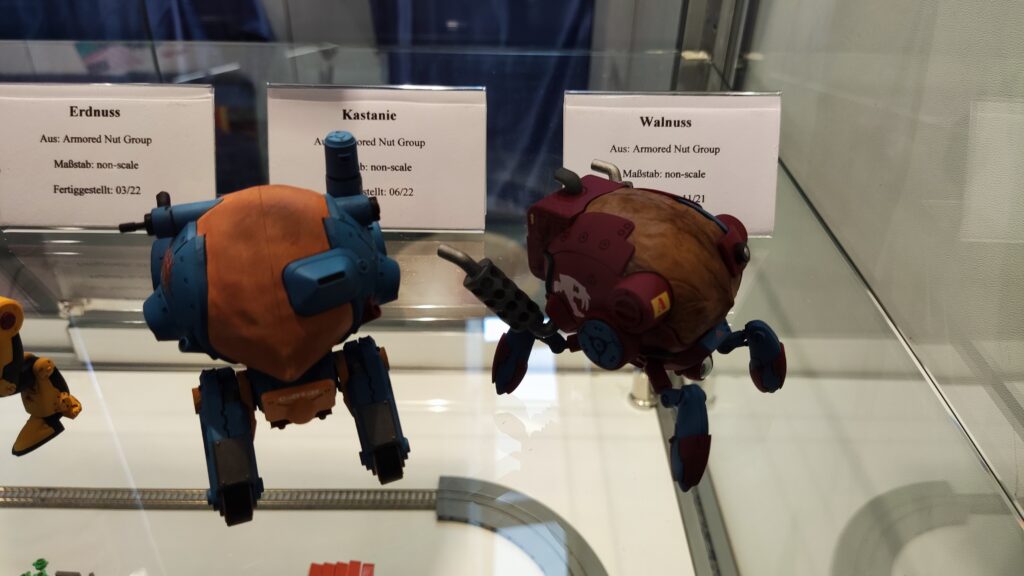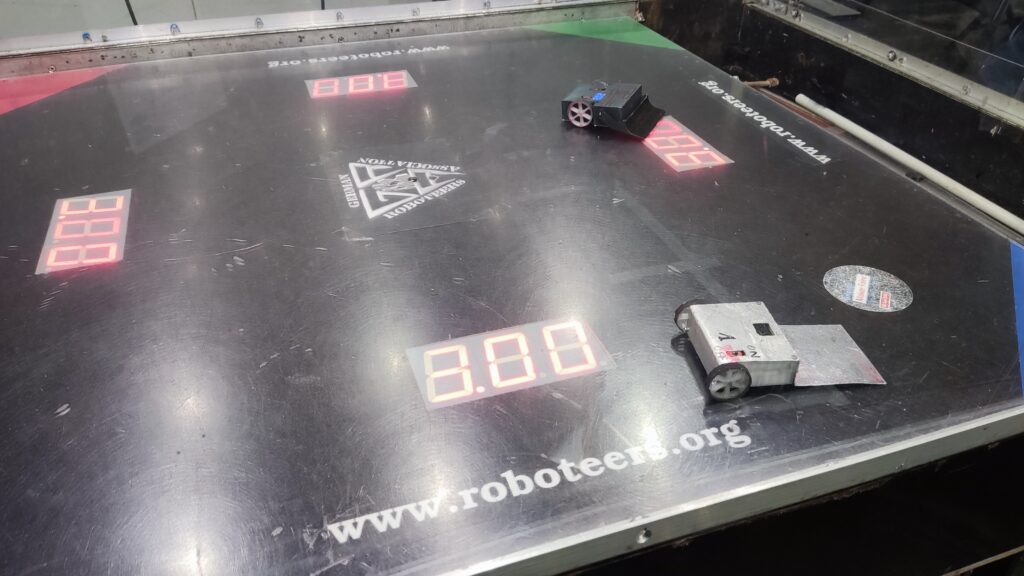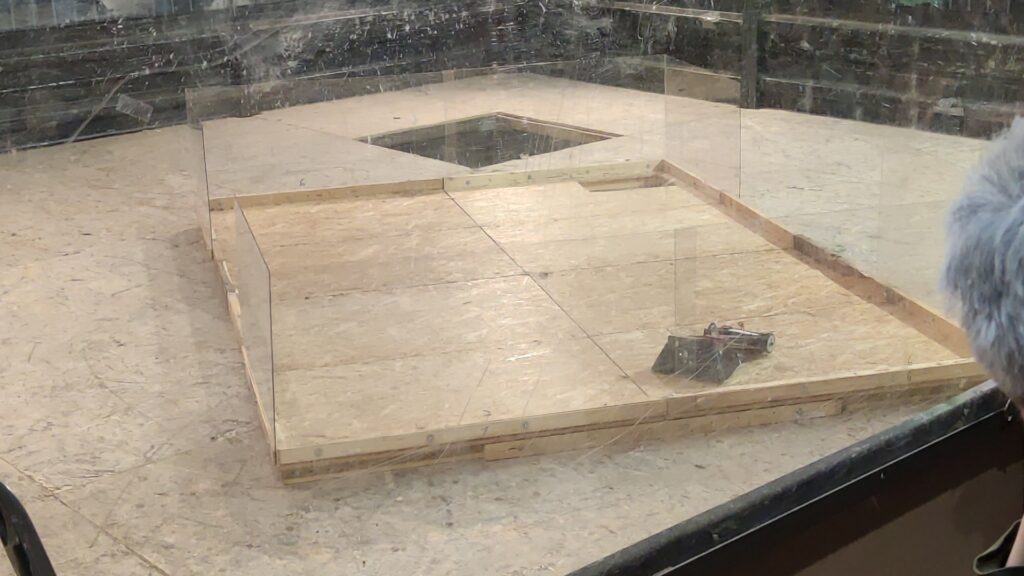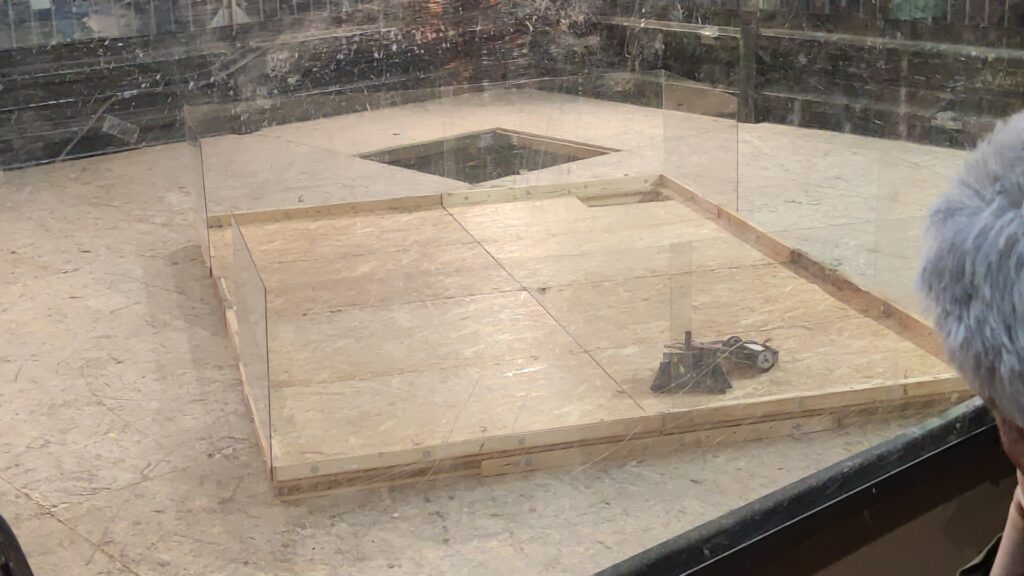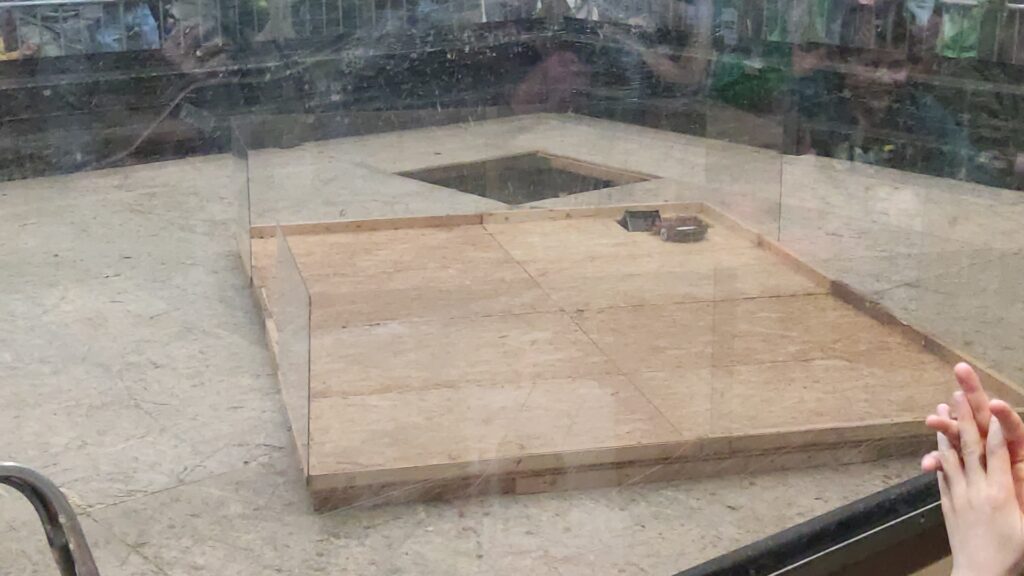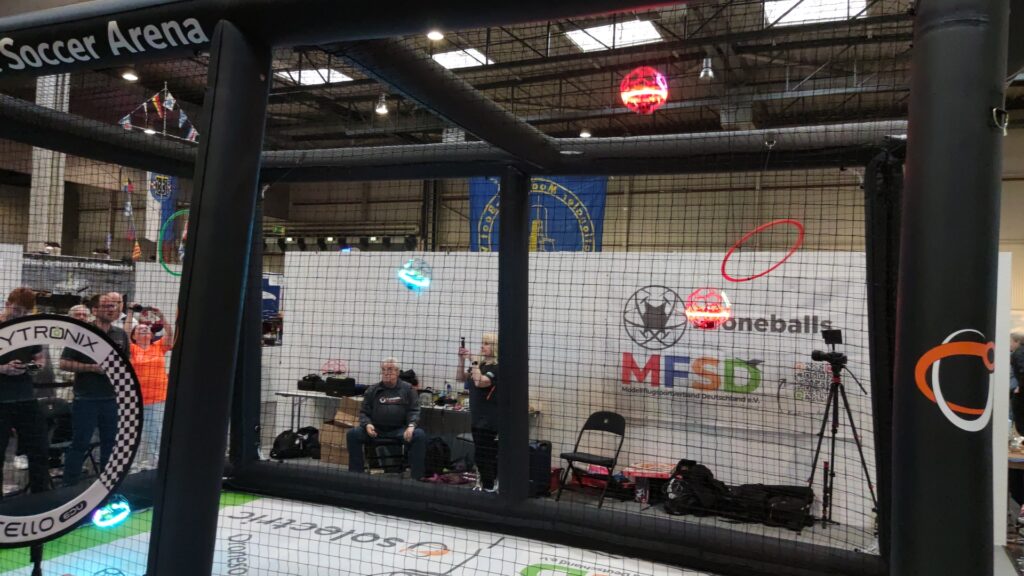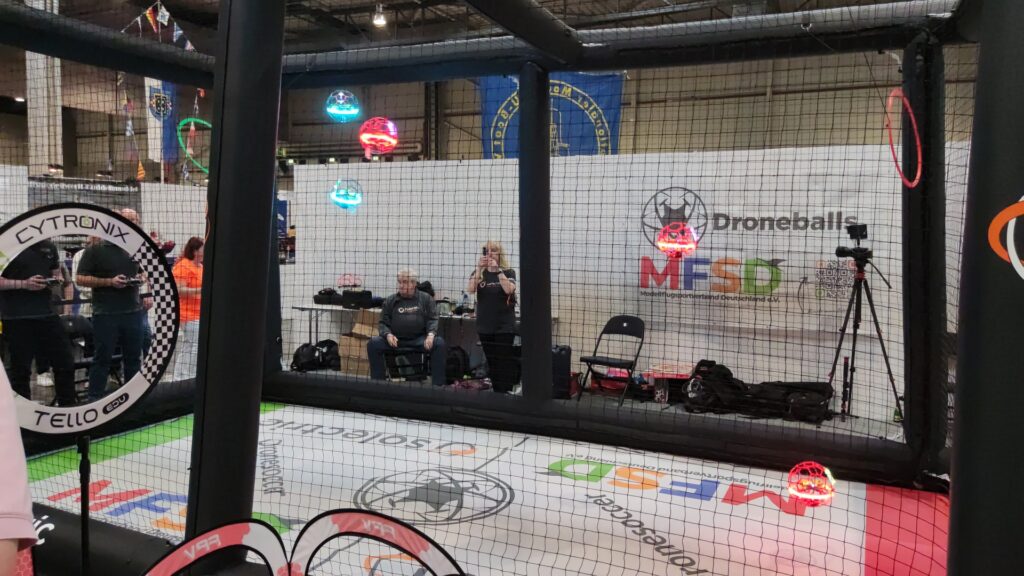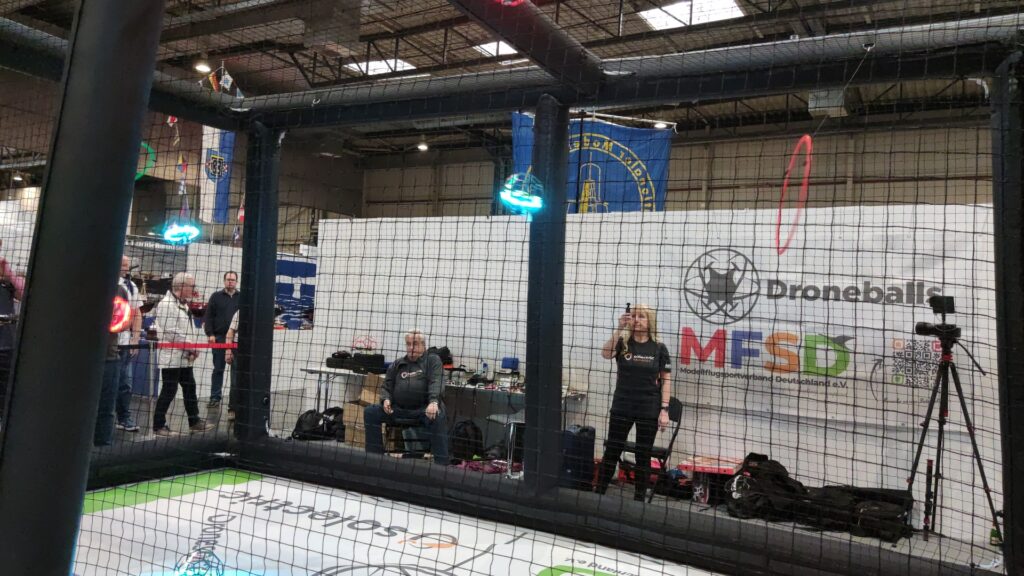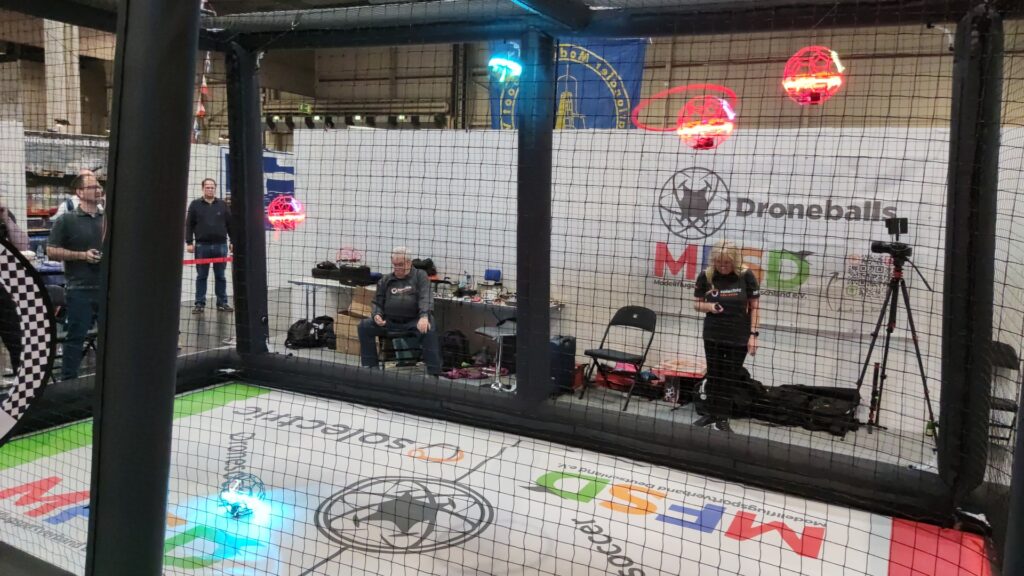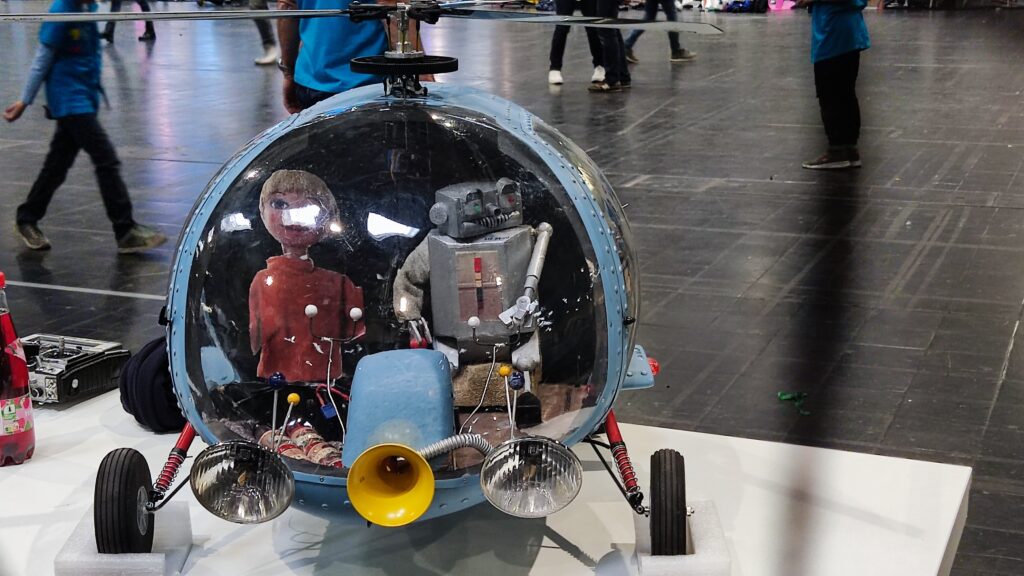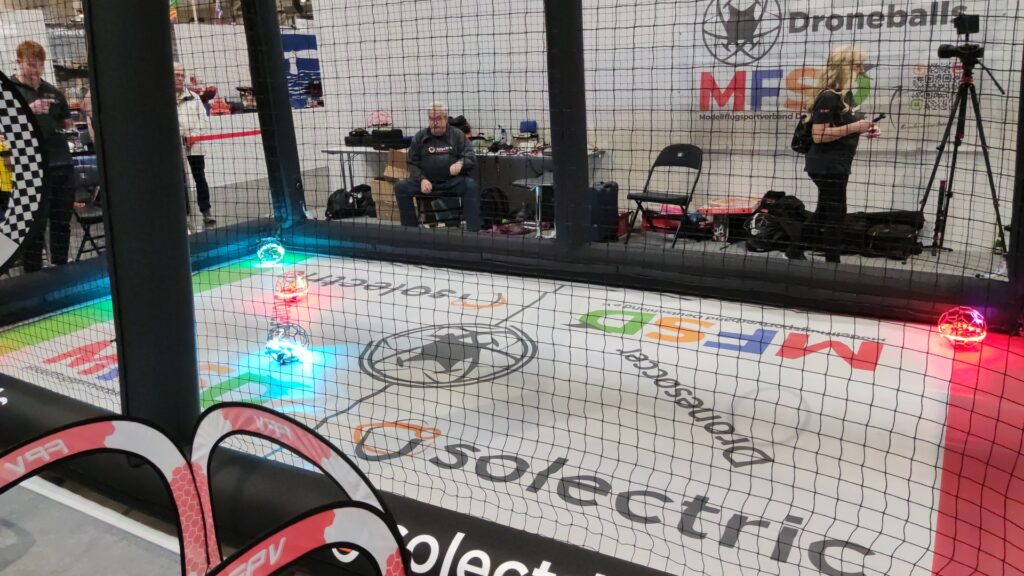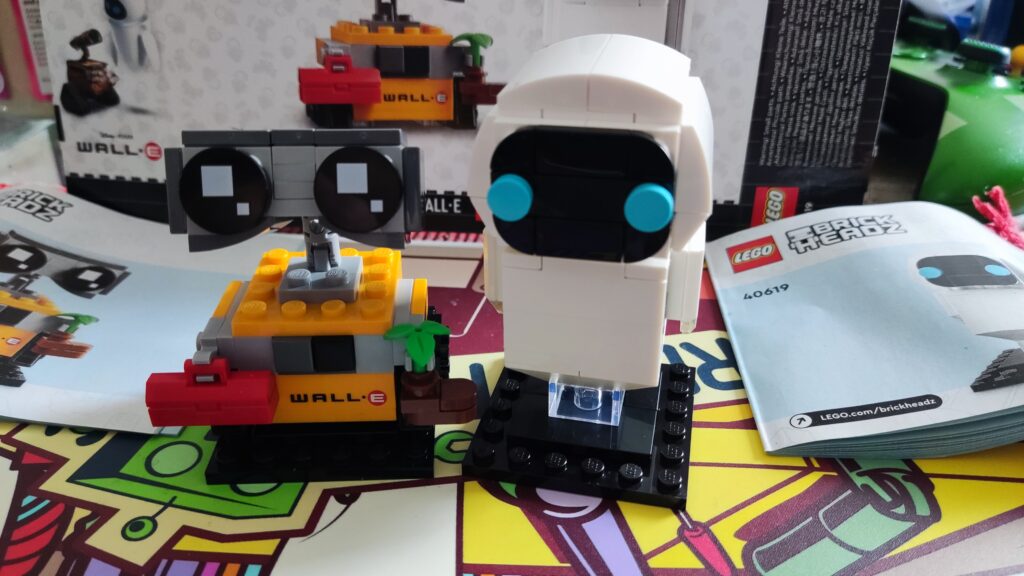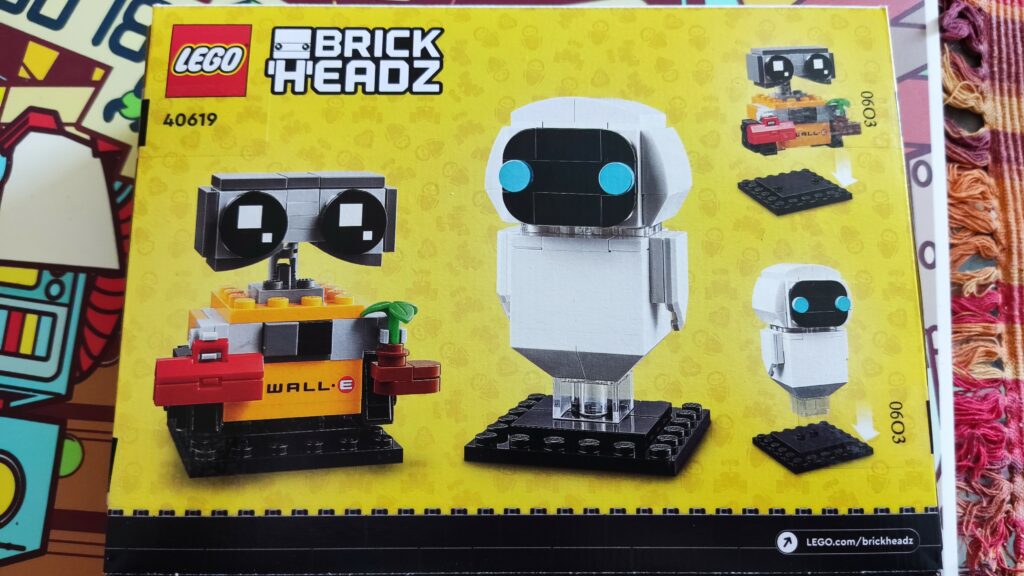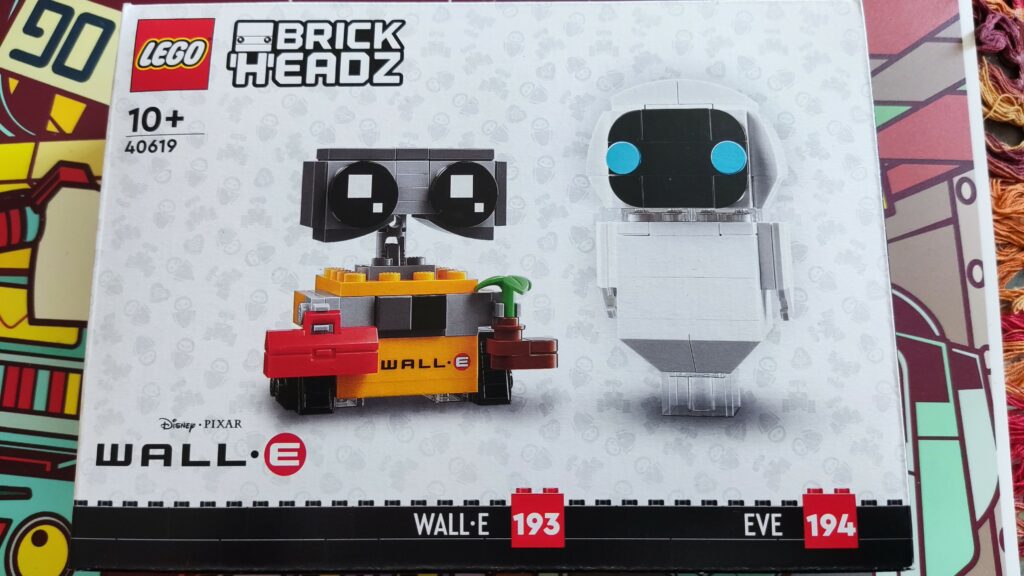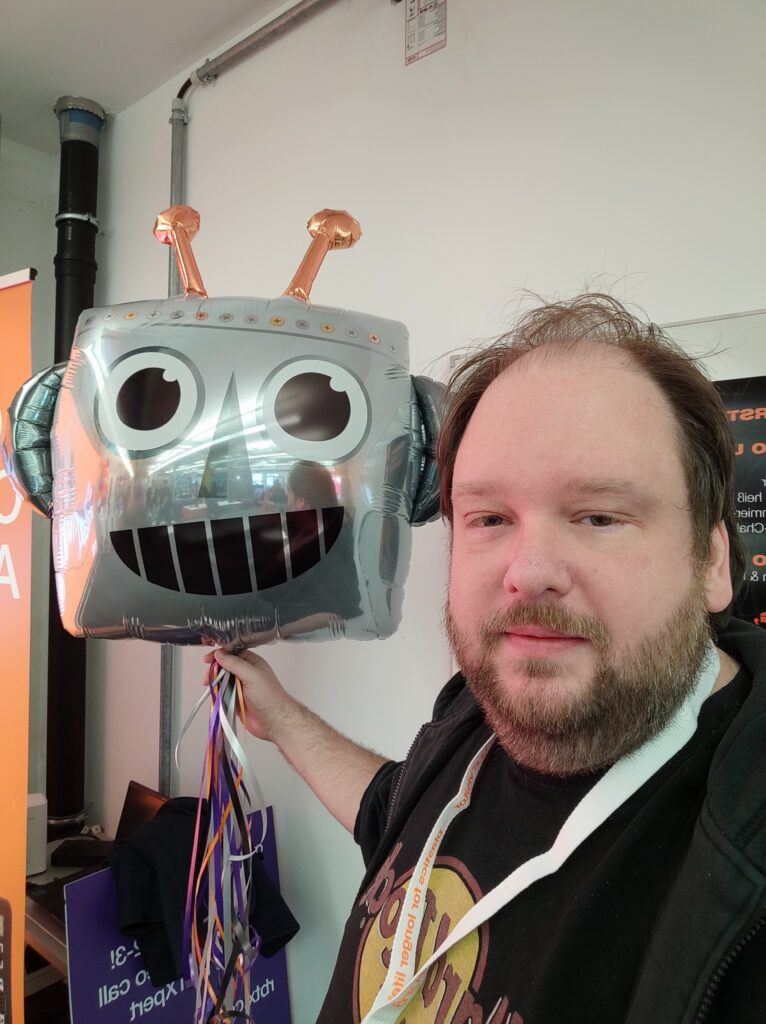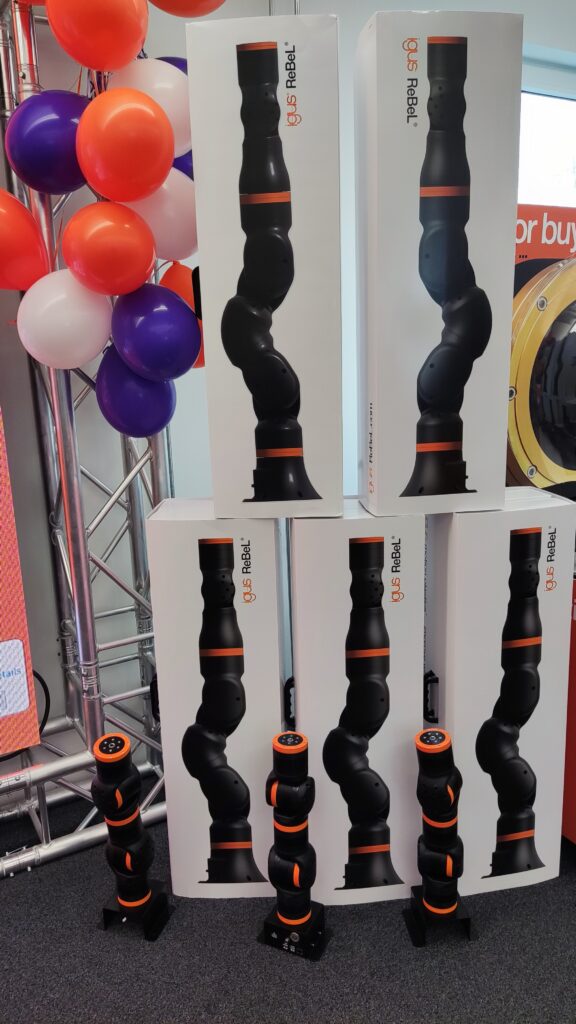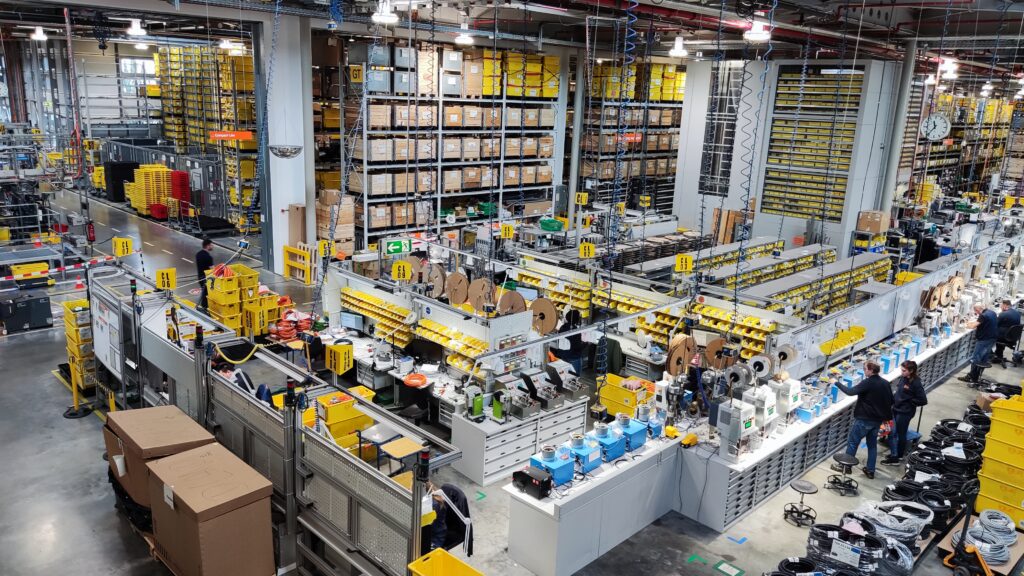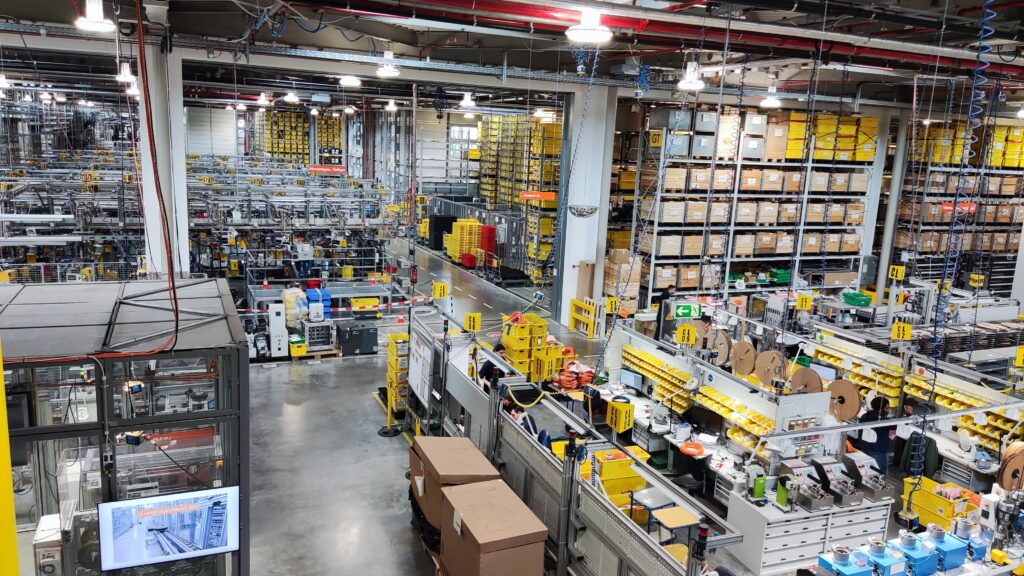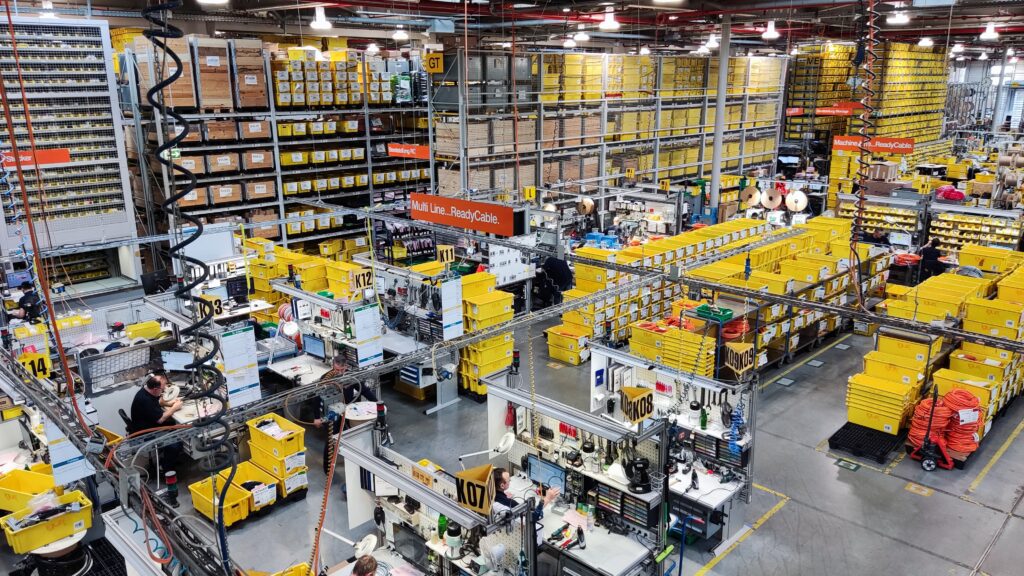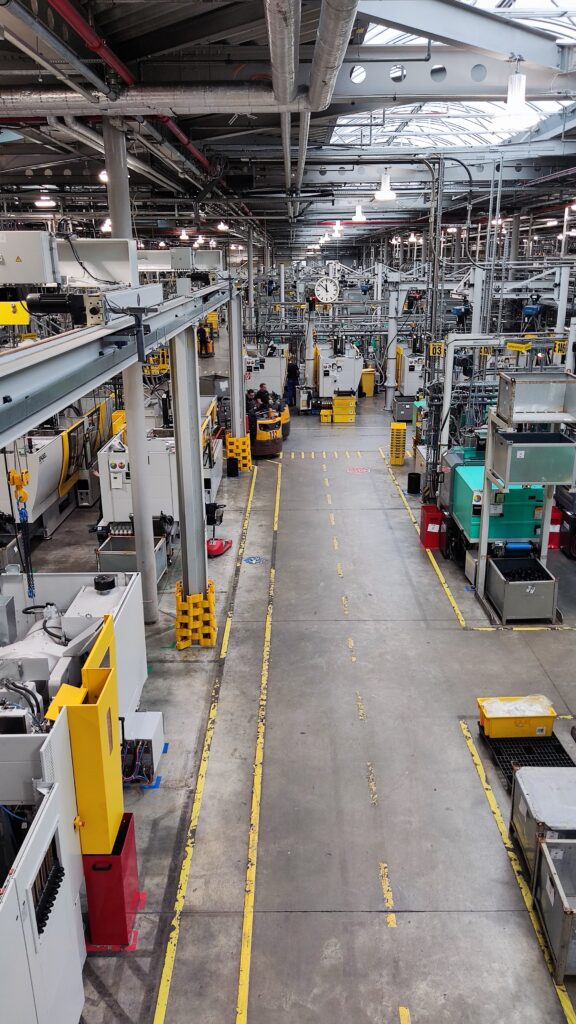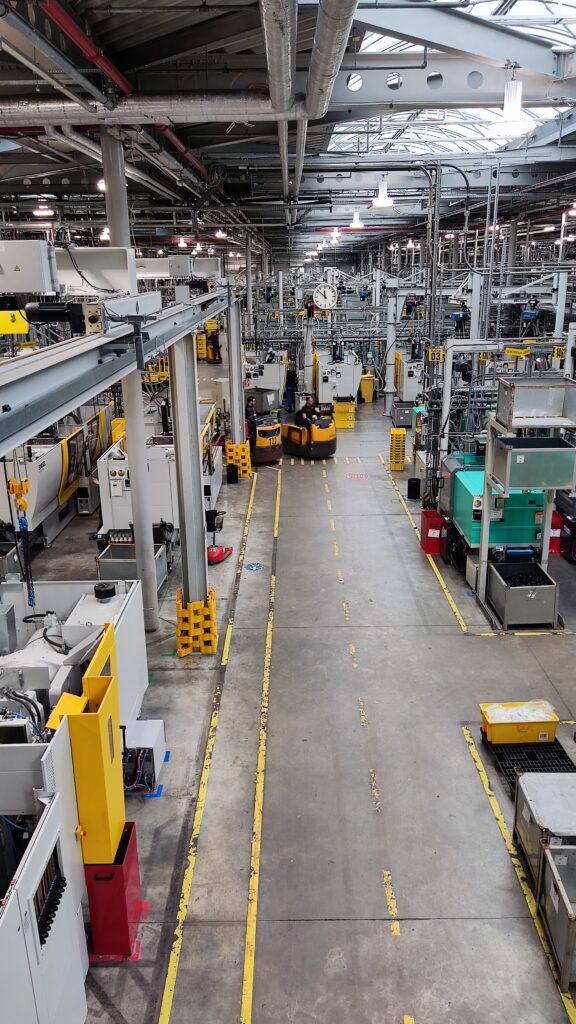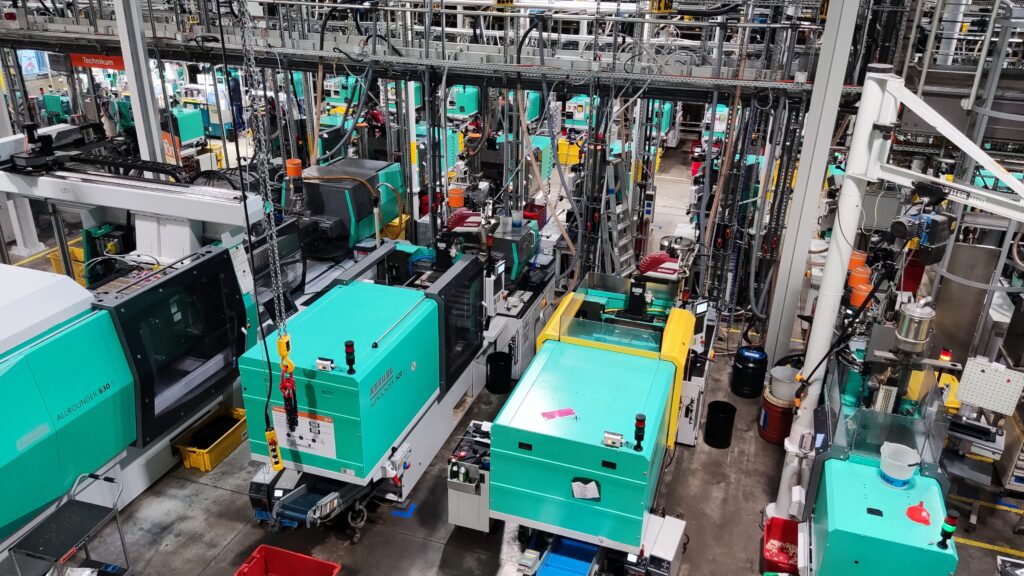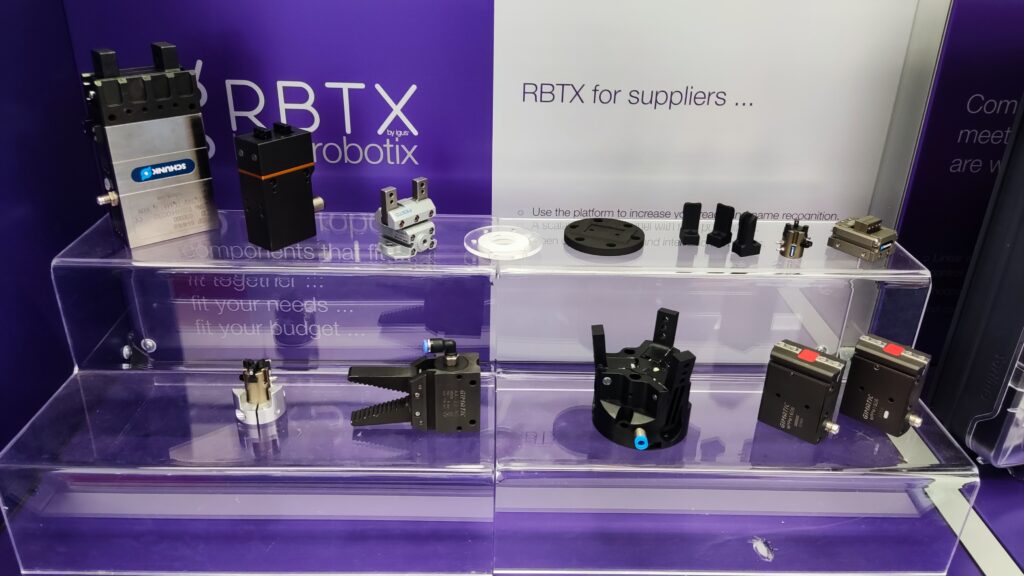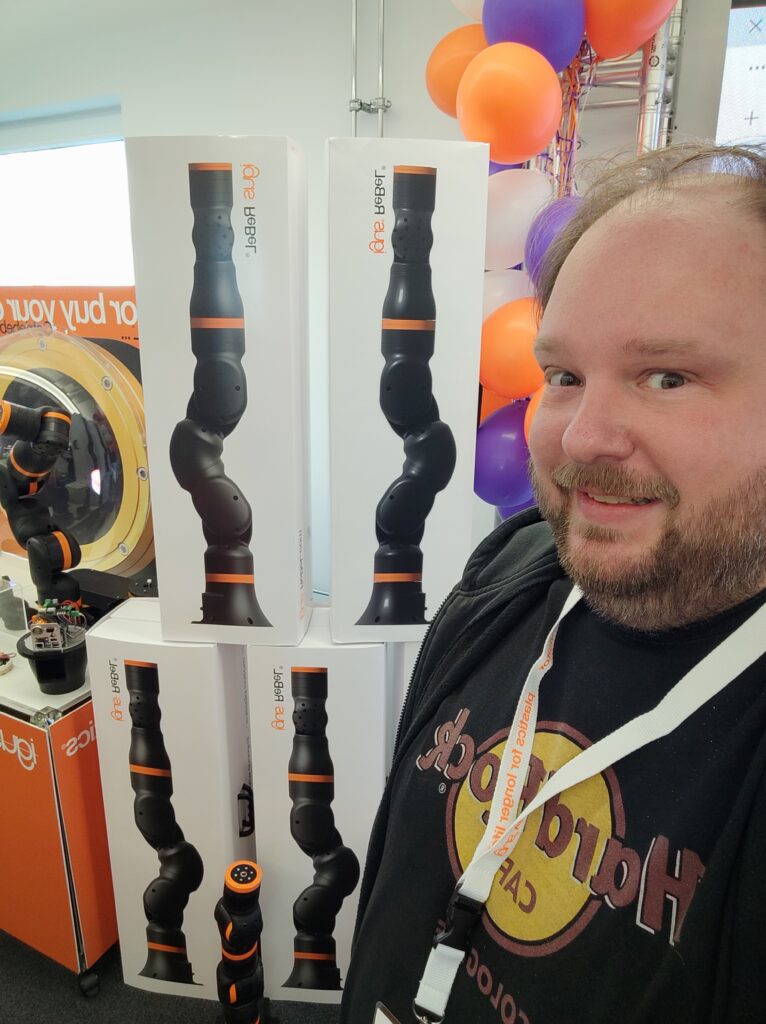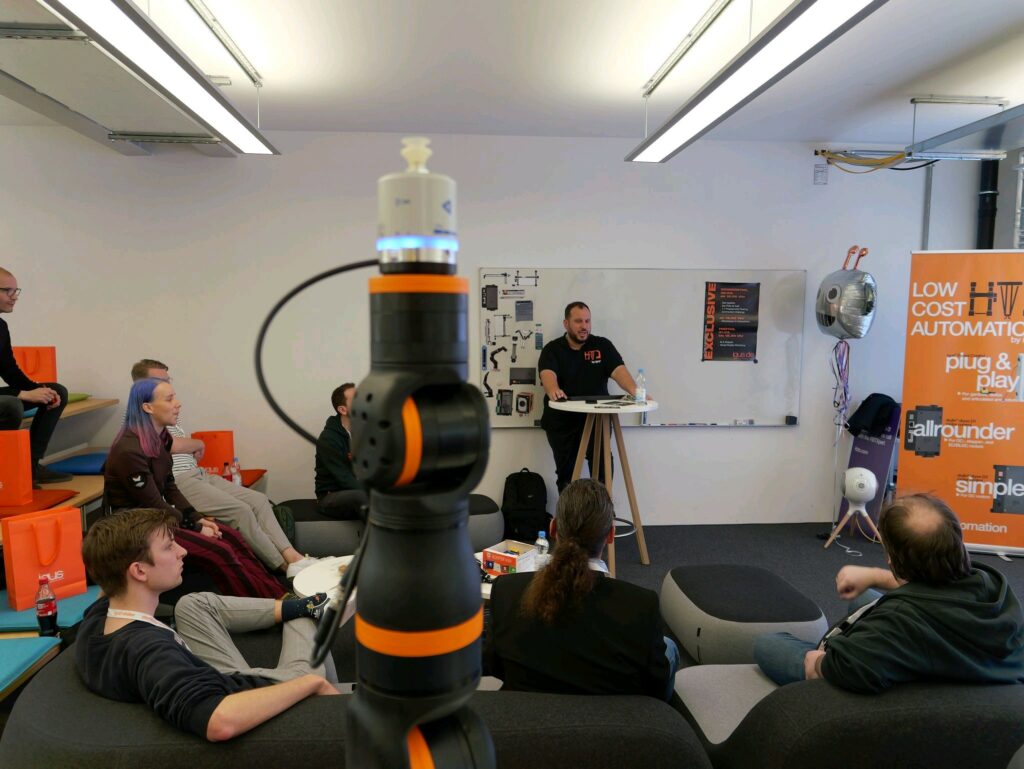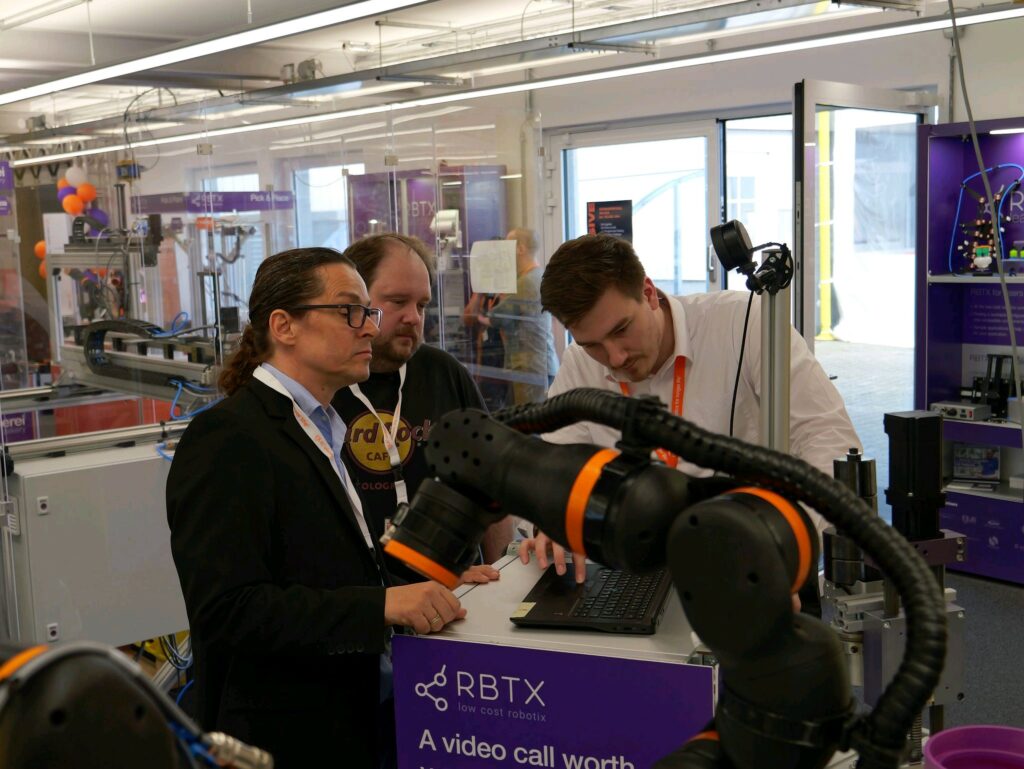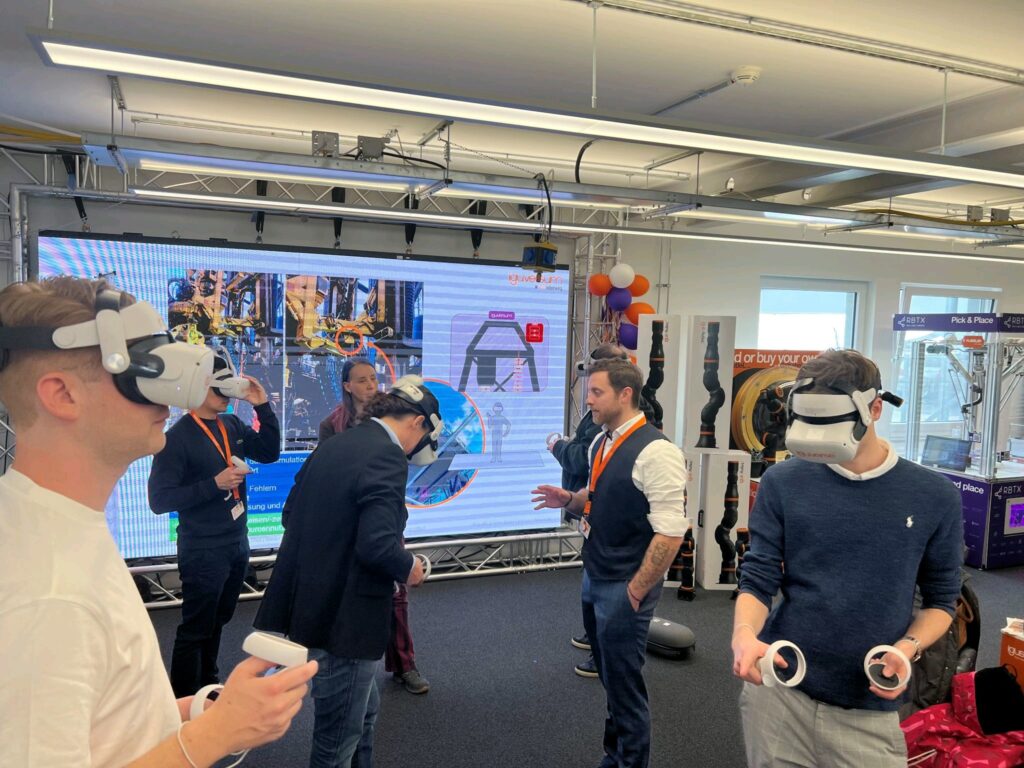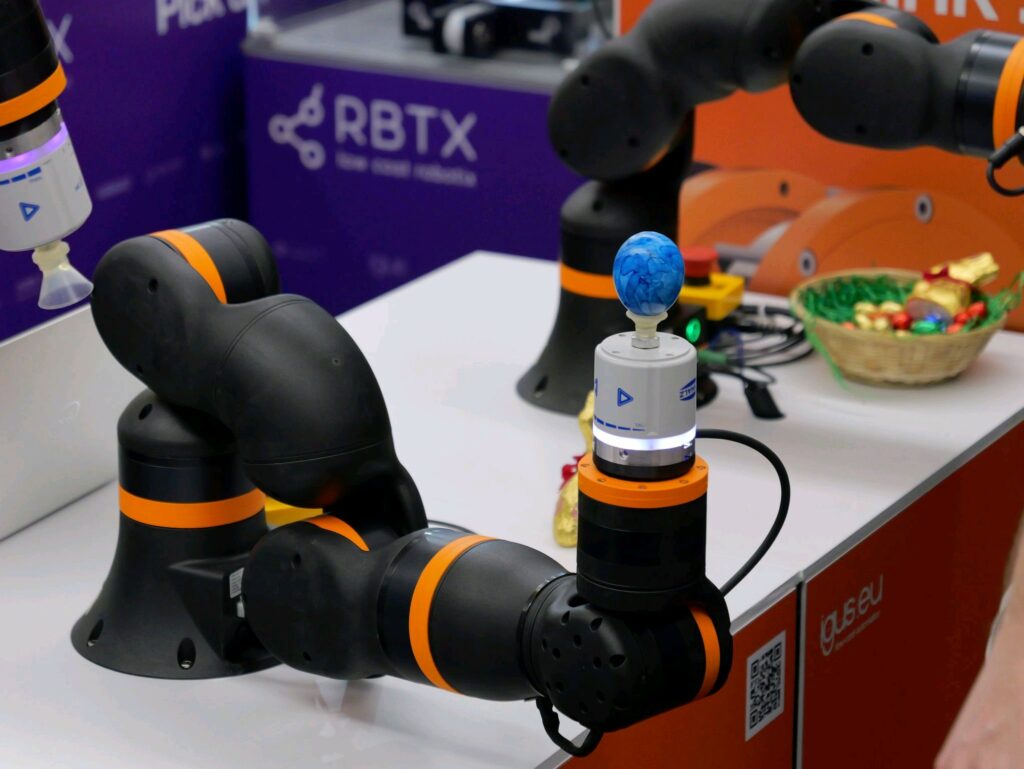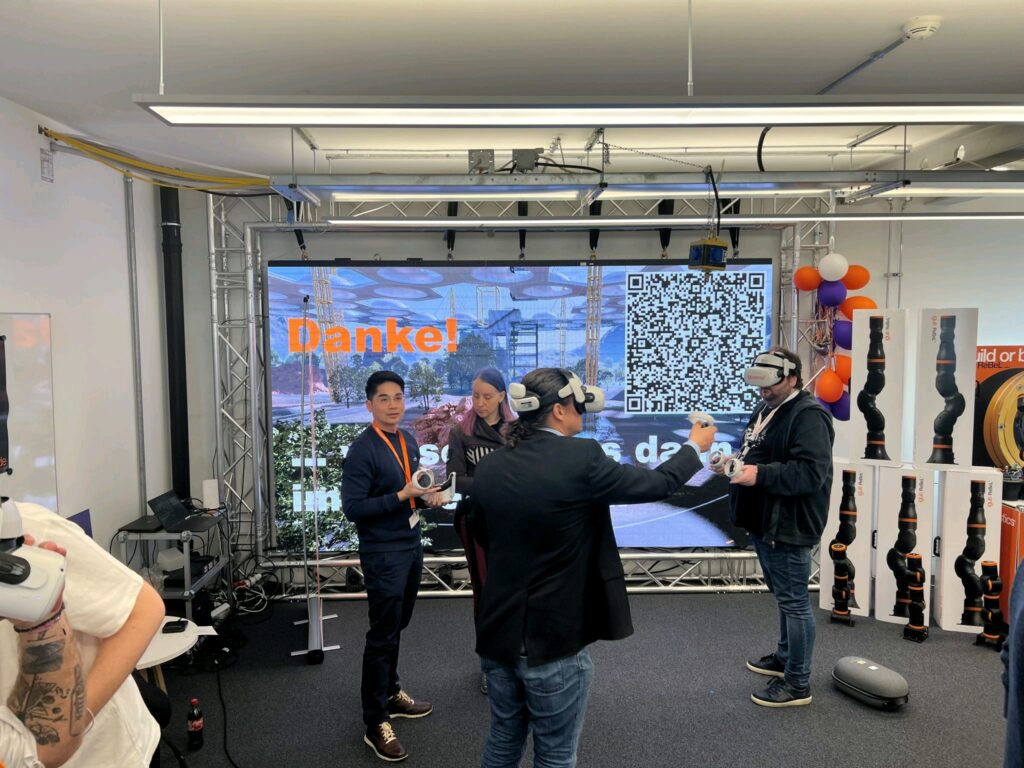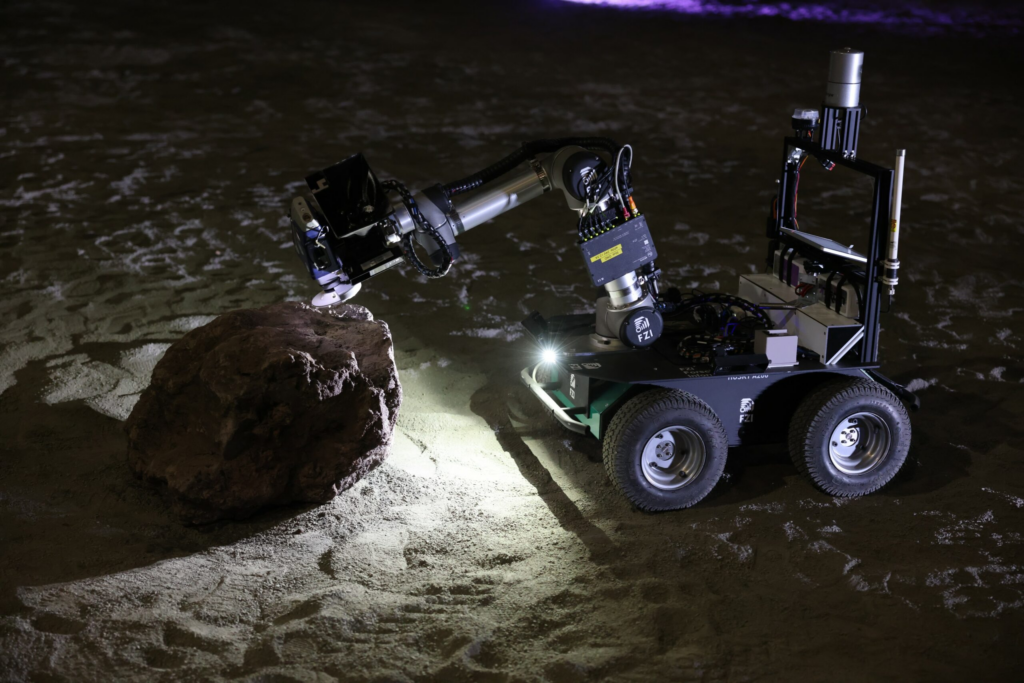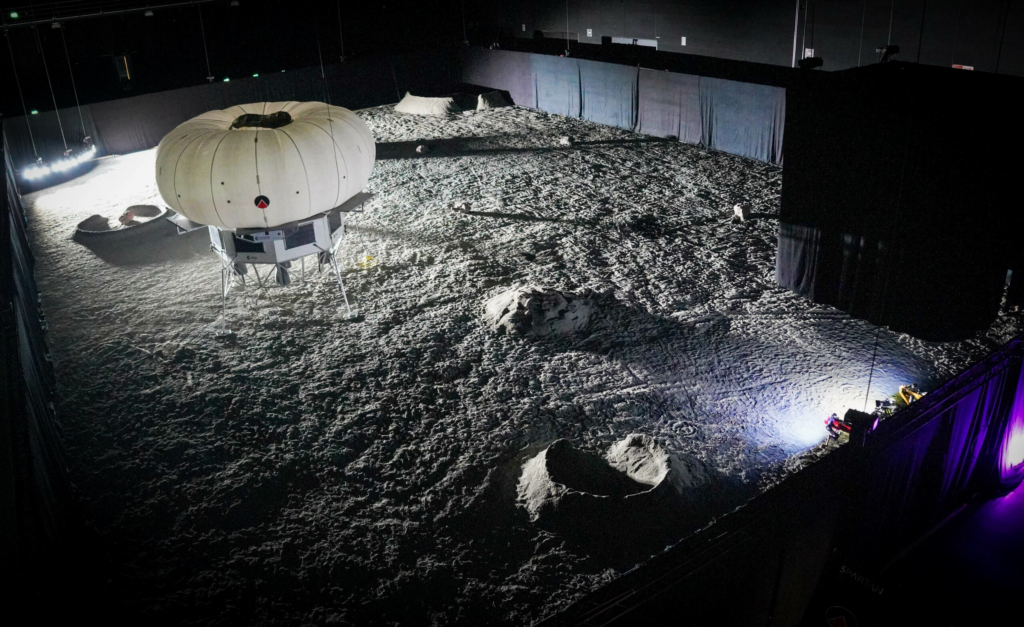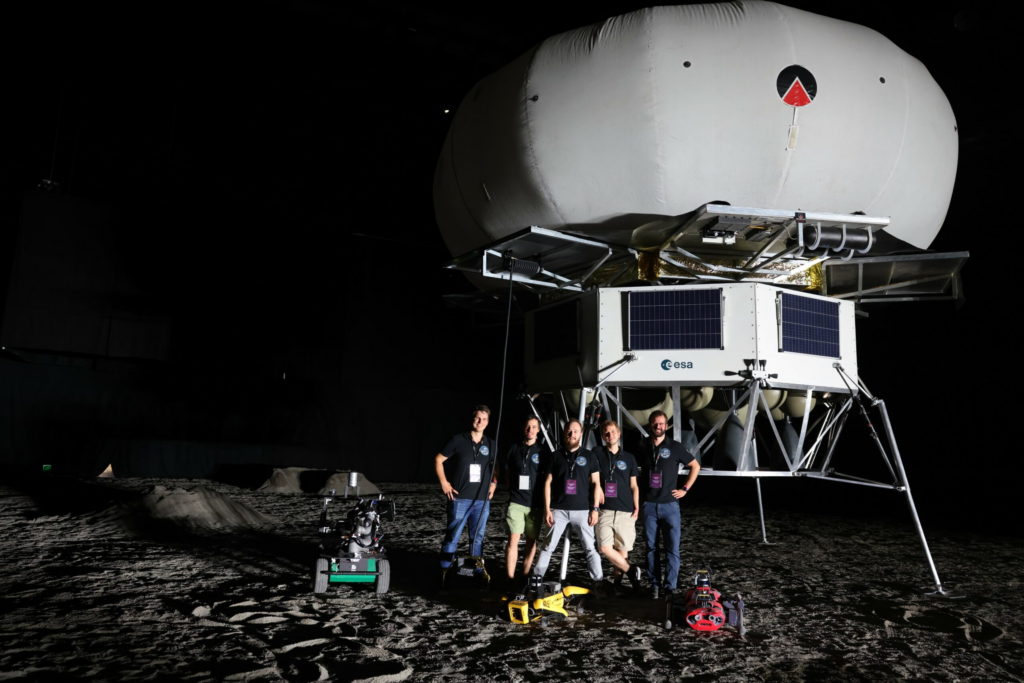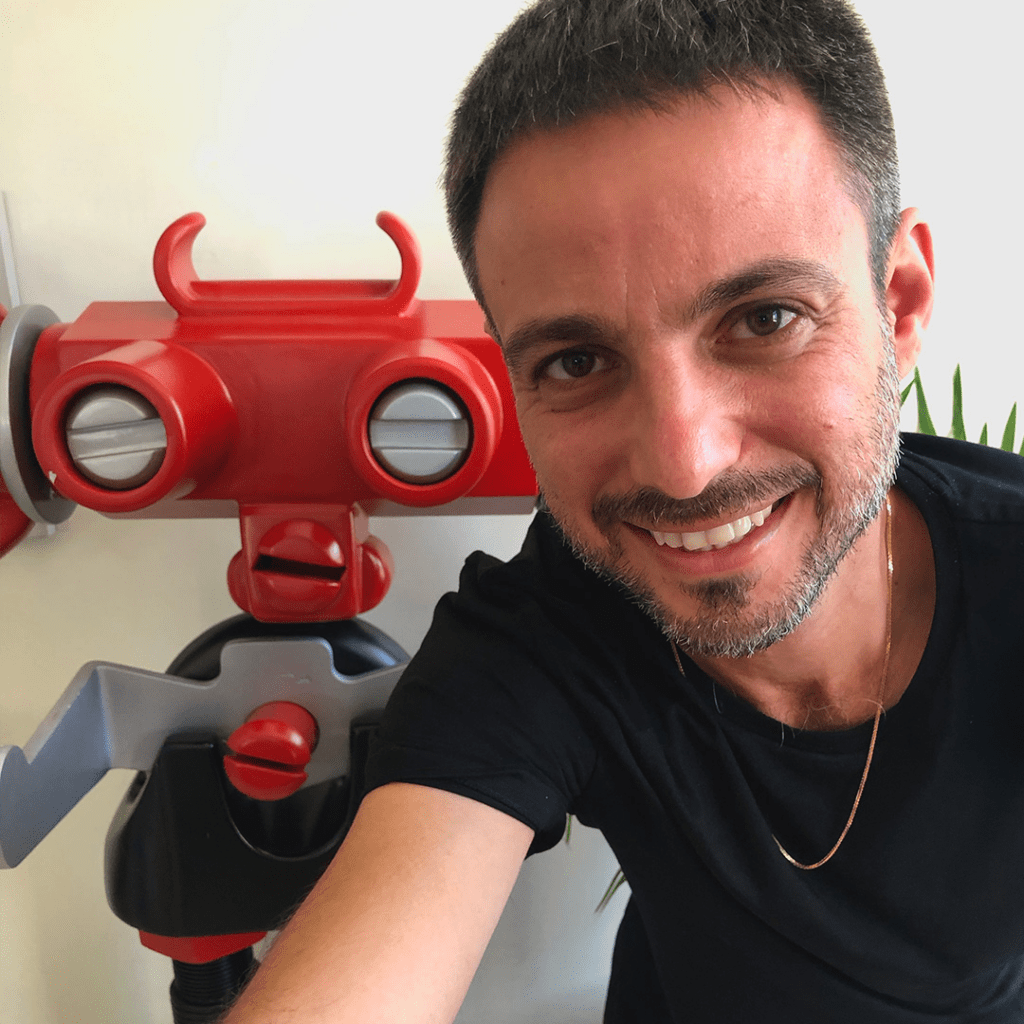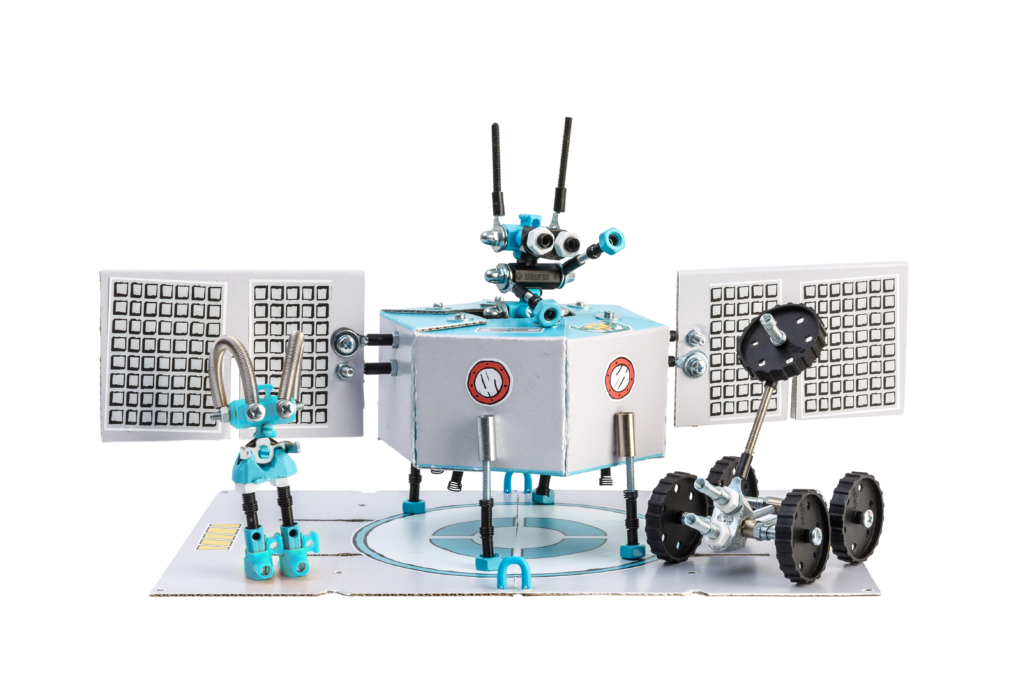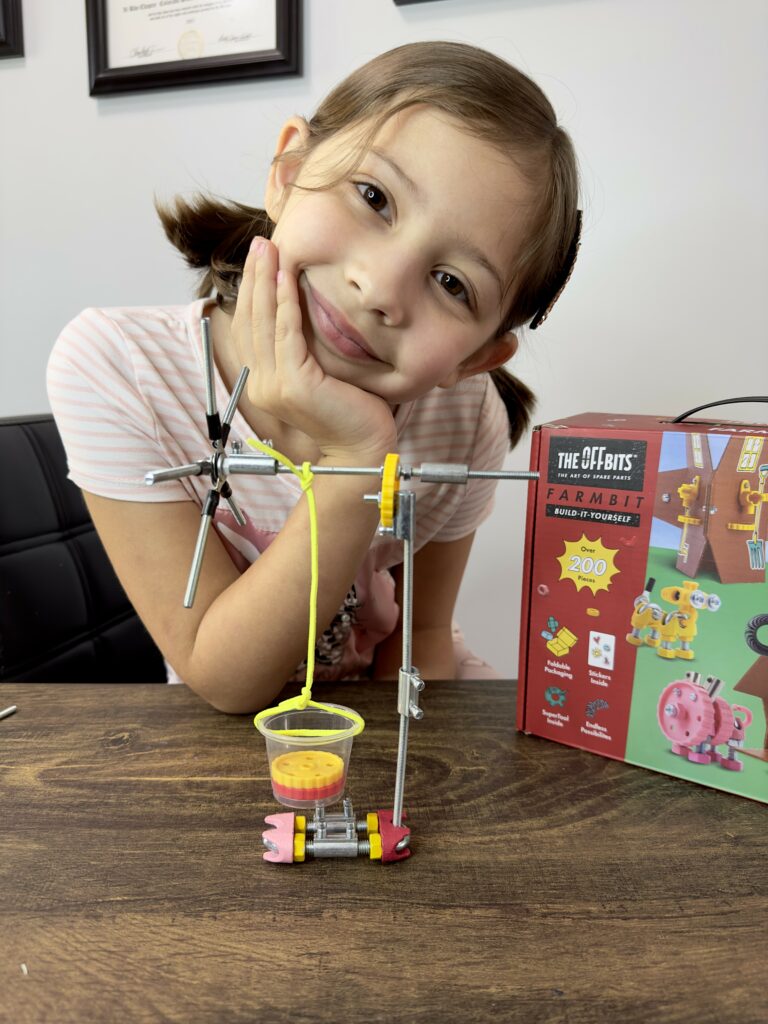Ubstadt-Weiher, 04. Mai 2023 – Drohnen-Freunde im Süden und Westen der Republik dürfen sich freuen: Noch in diesem Jahr eröffnen zwei DJI-Stores in München und Oberhausen. Bereits seit 2017 pilgern die Fans von DJI-Drohnen nach Frankfurt am Main. Dort versorgt seitdem der weltweit erste DJI-Store im Einkaufszentrum MyZeil die Liebhaber von hochwertigen Kameradrohnen, Action Cams und Gimbals. Auch für die Stores Nummer zwei und drei hat sich der deutsche Vertriebspartner Solectric beliebte Metropolen ausgesucht. In München entsteht die neue DJI-Pilgerstätte im Olympia Einkaufszentrum. Für DJI-Fans im Ruhrgebiet eröffnet bald im Westfield Centro Oberhausen eine neue Landestelle.
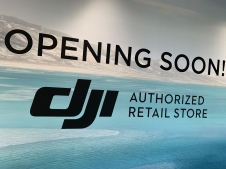
Der deutsche Markt besitzt für Solectric als größter Vertriebspartner von DJI in Europa eine herausragende Stellung. Bekannt und beliebt sind die Modelle des weltweit führenden Kameradrohnenherstellers in Deutschland schon längst.
Mit dem ersten DJI-Store Europas in Frankfurt am Main beschreitet Solectric seit dem Jahr 2017 neue Vertriebswege. Im Vergleich zum Online-Shopping erweitert sich das Verkaufserlebnis im Geschäft um eine weitere Dimension. Denn vor Ort können die Kunden die Modelle anfassen und direkt ausprobieren. Außerdem hilft das geschulte Personal bei Fragen.
Deswegen baut Solectric diesen Vertriebsweg mit weiteren Store-Eröffnungen aus. „DJI als Marke haben wir in Deutschland bereits in der Vergangenheit über unsere Online-Präsenz und verschiedene Sponsoring-Aktivitäten wie bei Rock am Ring fest etabliert“, unterstreicht Olaf Kappler, Geschäftsführer bei Solectric. „Die DJI-Stores in verschiedenen Metropolen an zentraler Stelle sind der nächste konsequente Schritt, um neue Käufer für DJI-Drohnen, Action Cams und Gimbals zu begeistern.“
Daher nimmt Solectric nun die Metropolregionen München und Ruhrgebiet ins Visier. Der künftige Shop im Oberhausener Centro bietet neben den neuesten DJI-Produkten passend dazu hochwertige Kameras von Hasselblad. In München entsteht ein reiner DJI-Store. Ihre Pforten öffnen die neuen Verkaufsstellen in der zweiten Jahreshälfte.
Bei zwei Neueröffnungen wird es allerdings im Jahr 2023 nicht bleiben. Drohnen-Fans in anderen Teilen der Republik können sich freuen. Denn Solectric wird das Netzwerk noch dieses Jahr um weitere DJI-Stores vergrößern.



